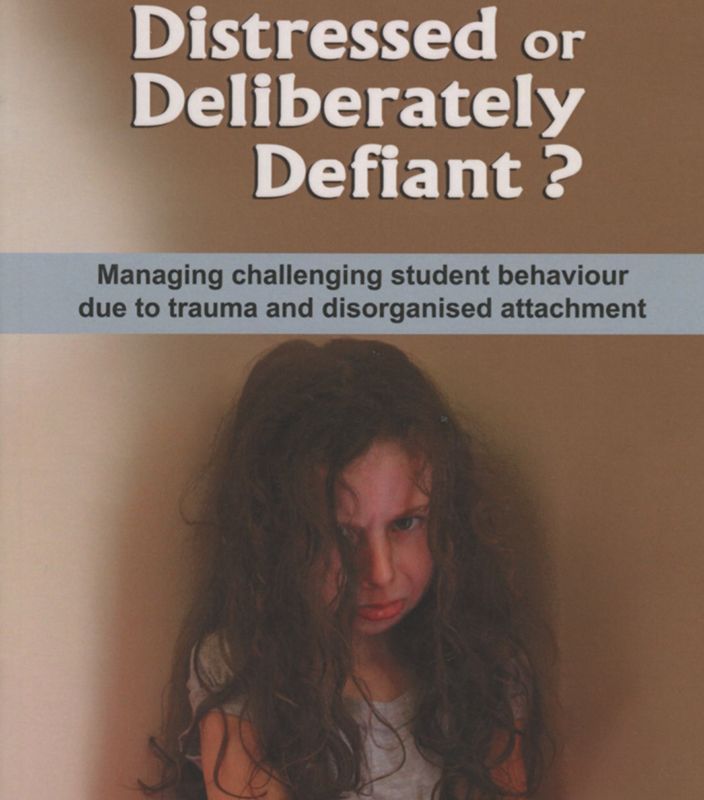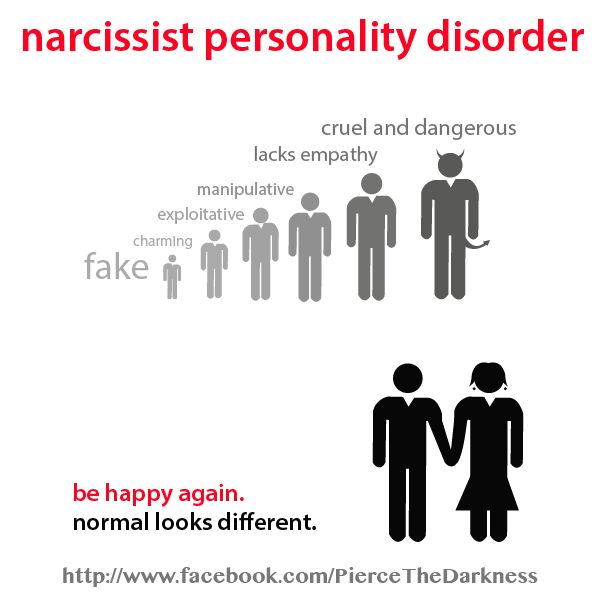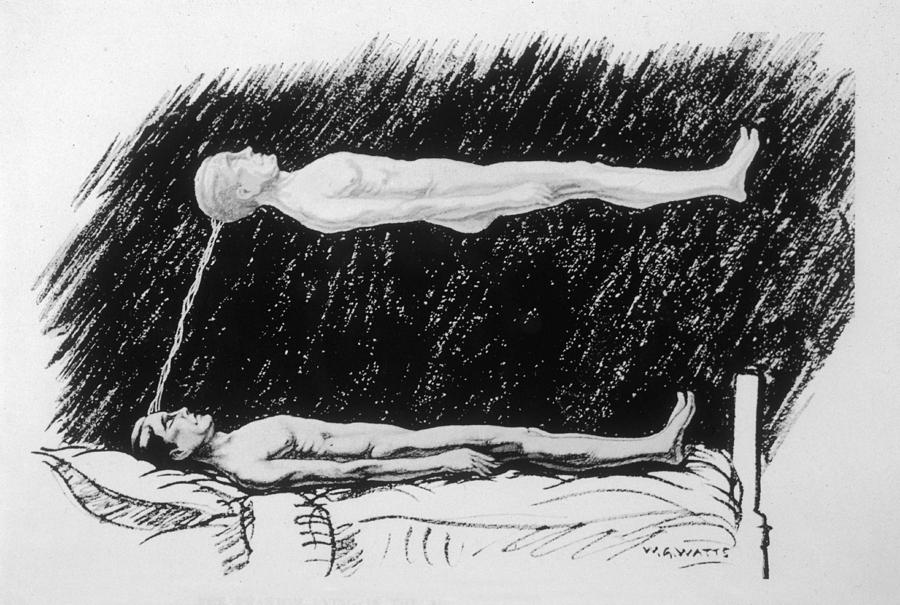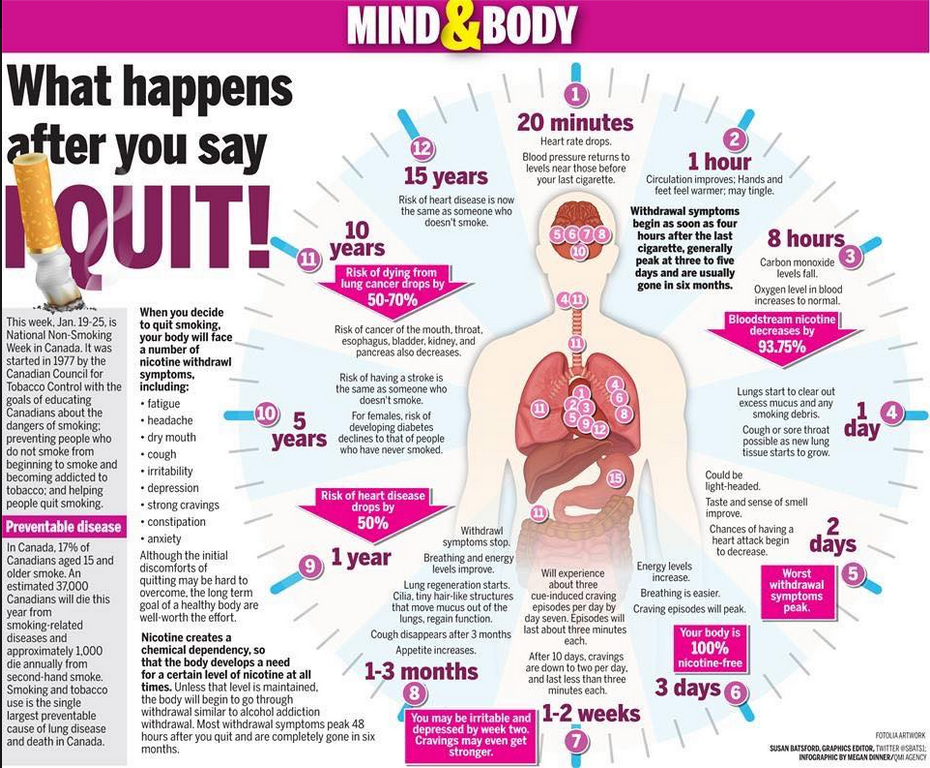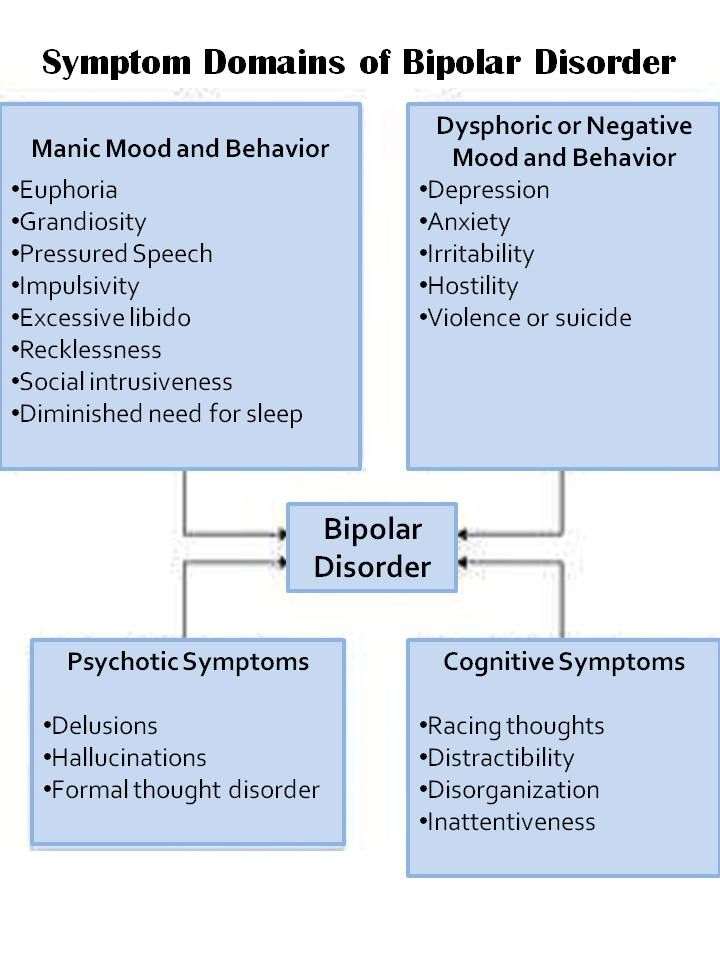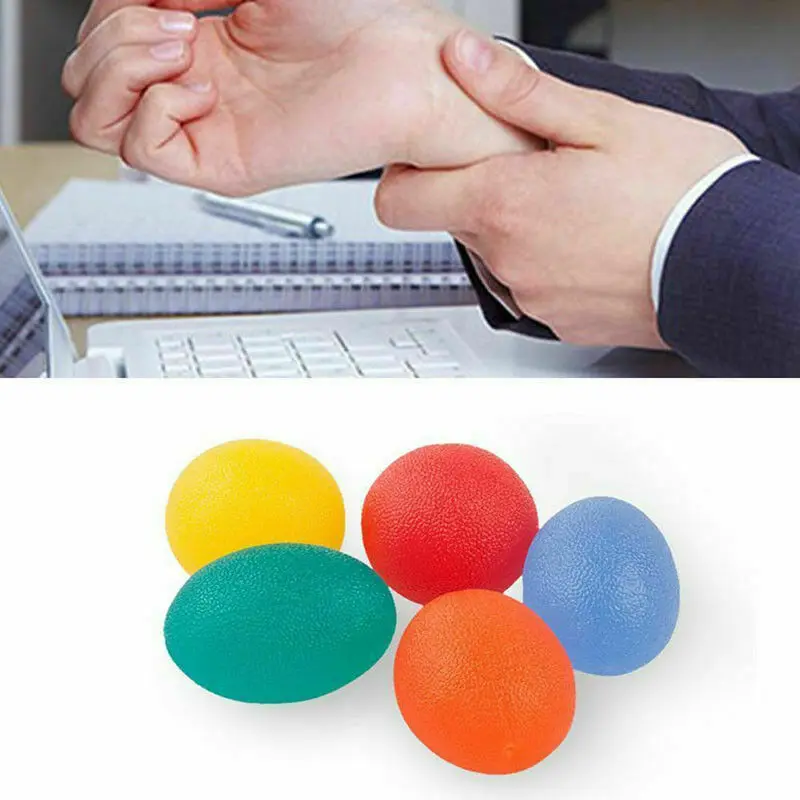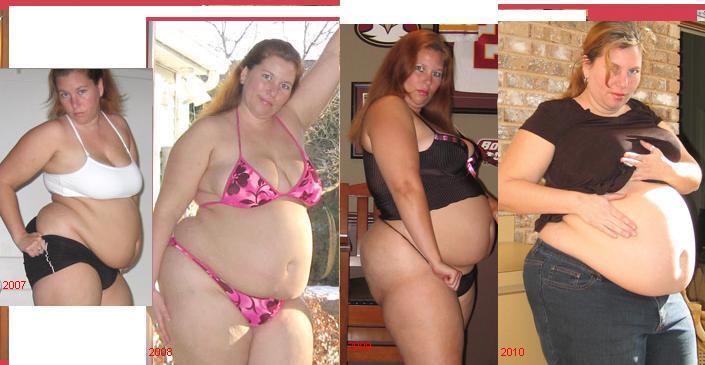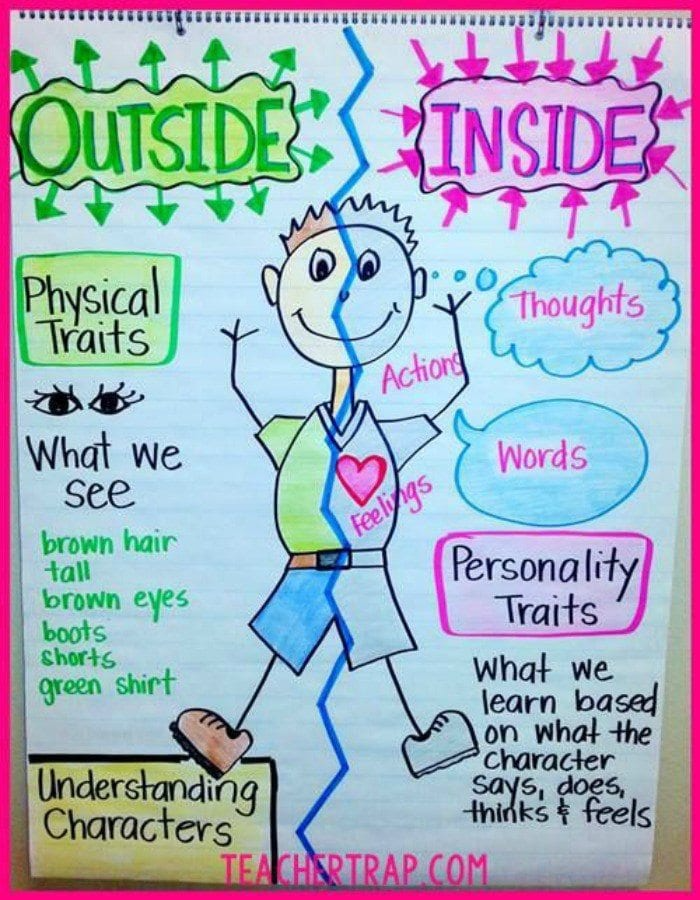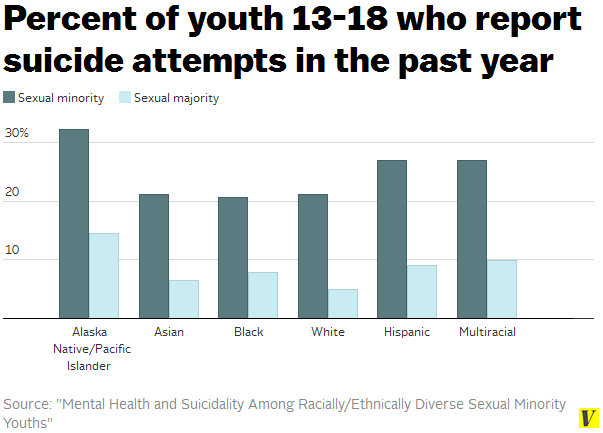Disorganised attachment behaviour
Everything You Need to Know
All you need to know about disorganized attachment
The most difficult type of insecure attachment is the disorganized attachment style. It is often seen in people who have been physically, verbally, or sexually abused in their childhood.
A disorganized / fearful-avoidant attachment style develops when the child’s caregivers – the only source of safety – become a source of fear.
In adulthood, people with this attachment style are extremely inconsistent in their behavior and have a hard time trusting others.
Such individuals could also suffer from other mental health issues, such as substance abuse, depression, or borderline personality disorder. This attachment style can be changed with proper treatment, although the process might be challenging.
We will cover the most common questions around disorganized attachment:
- How does attachment form in early childhood?
- How do children develop insecure attachment styles?
- What specifically causes disorganized attachment in children?
- How do children with disorganized attachment react to their caregivers?
- What are relationships with disorganized adults like?
- Can you change a disorganized attachment style?
- How to heal from disorganized attachment?
For starters, how does attachment form in early childhood?
As soon as a baby is born, he or she starts bonding with his or her caregivers – usually parents. For the first few years, the baby is entirely dependent on them.
The caregivers, on the other hand, are responsible for the child’s primary physiological (food, shelter, etc.), as well as emotional (soothing, loving, caring, etc.) needs.
If they are sensitive towards and attuned to these needs, the child builds a secure attachment with the caregivers, whose presence equals safety.
The child learns indirectly, that he or she can rely on, and thus, trust other people. A secure and stable attachment is formed.
In some cases, however, the child perceives that his or her needs are not met and that the caregivers are not emotionally available or responsive when the child seeks their attention, affection, or support. As a result, the child is unable to form a secure bond.
The problem with insecure attachment during childhood is that it often cannot be left behind. It does not simply go away over time, with growing up.
Early attachment experiences do shape attachment styles. So the way we experience our first social bonds with caregivers will determine the way we view and behave in relationships in the future.
So the way we experience our first social bonds with caregivers will determine the way we view and behave in relationships in the future.
- Anxious (or preoccupied also referred to as anxious-ambivalent in childhood)
- Avoidant (or dismissive also referred to as anxious-avoidant in childhood)
- Disorganized (also referred to as fearful-avoidant in childhood)
How do insecure attachment styles develop in early childhood?
Insecure attachment styles typically develop as a response to misattuned parenting and as a form of adaptation.
Anxious Attachment Style
For example, if a child perceives the parents as unpredictable or neglecting, the child might become overly clingy and needy. In other words, the child lacks attention and starts working harder to get it.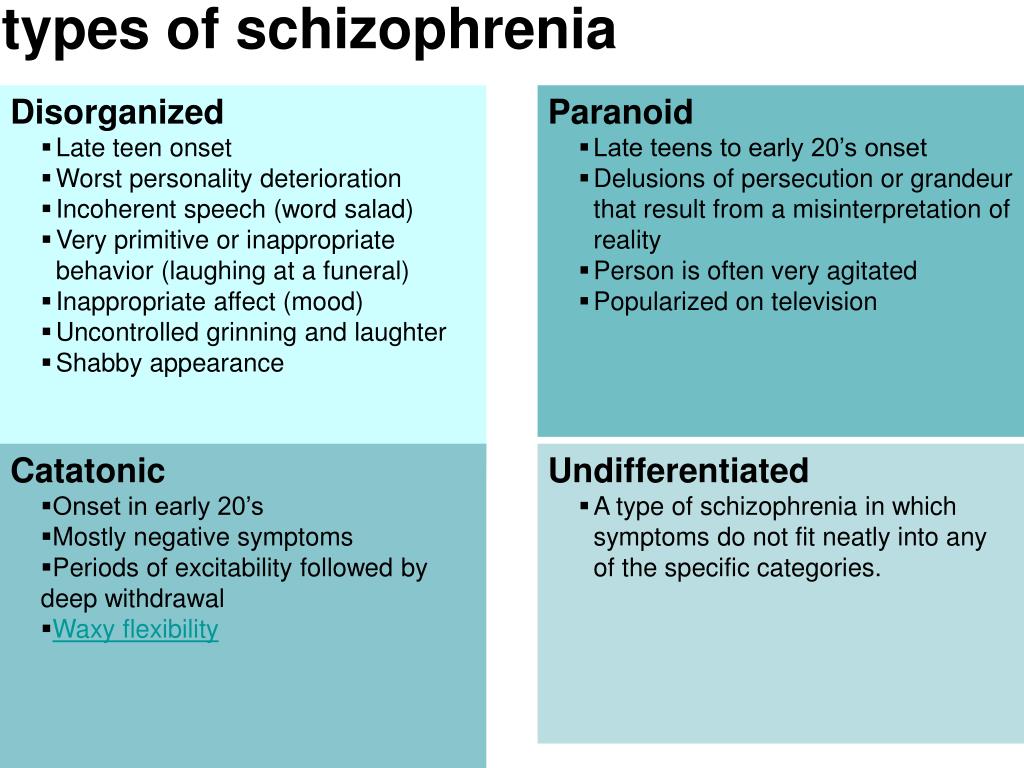
Later on in life, this child (now a teenager or adult) continues to question whether they are good enough, lovable, or worthy.
Such individuals can develop a low self-esteem and need constant reassurance from their partners. This is known as an anxious attachment style, which is characterized by a strong fear of abandonment and rejection.
Avoidant Attachment Style
If the child perceives that their emotional needs are rejected by the parents, the child stops expecting any response from their parents. Thus, the child learns that they should not express emotions openly or seek support, because they are not going to receive such.
As time goes by, such children (now grown-up) become self-sufficient and independent. Other people will reject their emotions anyway, so why bother trying to express them? This is the ‘strategy’ behind the avoidant attachment style.
Disorganized Attachment Style
We see that there is a sort of continuity and coherence in each of the two attachment styles described above.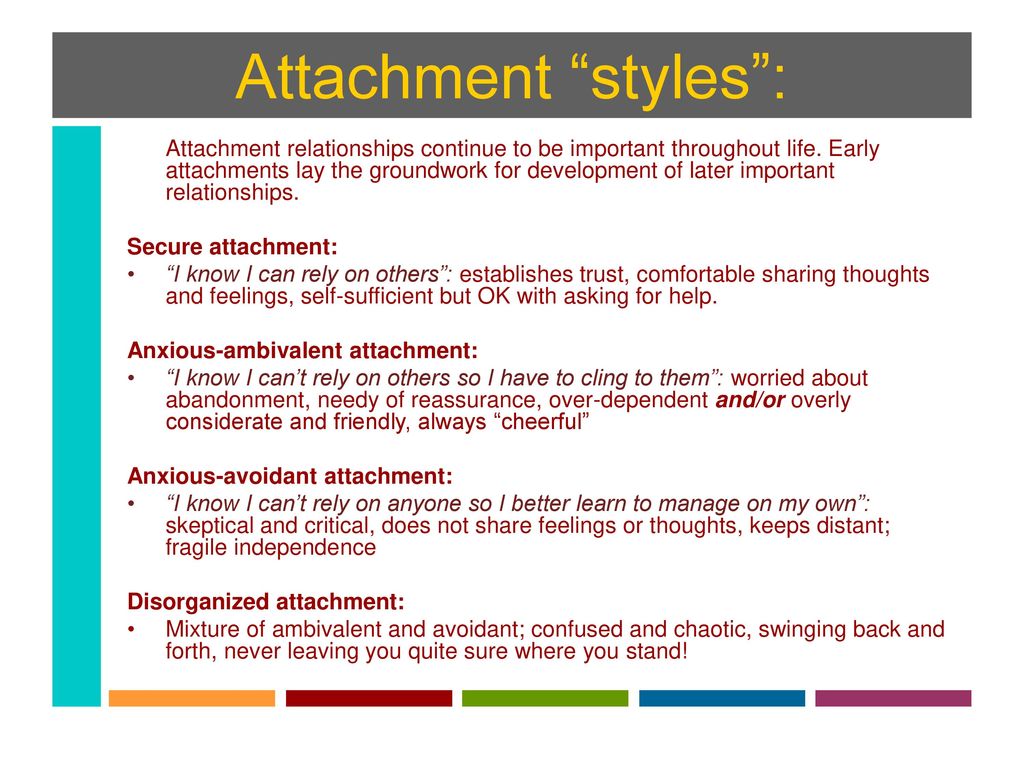
What makes the disorganized / fearful-avoidant attachment style different is that it implies a lack of coherence in the individual’s social behavior.
Most attachment specialists believe that the disorganized attachment style is the most difficult of the three insecure attachment styles to treat because it incorporates both the anxious and the avoidant styles.
What causes disorganized attachment in children?
The disorganized attachment style is believed to be a consequence of childhood trauma or abuse. Perceived fear is the central aspect of its development.
The survival of the infant/child depends on the caregivers. The child knows that subconsciously, so he or she seeks safety in the caregivers. A problem arises when the source of safety becomes a source of fear.
If the caregivers show highly contrasting behavior, which is inconsistent and unpredictable, the child can start fearing his or her own safety.
The child does not know what to expect.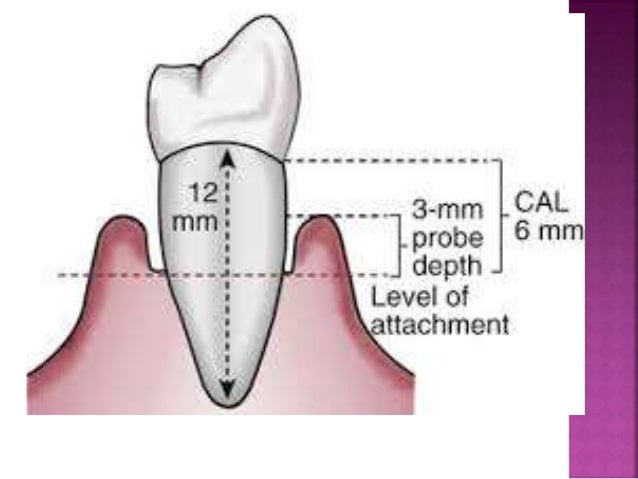 Nor does the child know when the caregiver will meet their needs, if at all.
Nor does the child know when the caregiver will meet their needs, if at all.
Another reason for fear is having or witnessing a traumatizing experience that involves the attachment figure.
For instance, the caregiver abuses the child (verbally, physically, or sexually) or the child witnesses the caregiver abuse someone else.
Either way, the child no longer trusts the caregiver. The child realizes that they cannot rely on caregivers to meet their physical or emotional needs. The caregivers, who should be acting as a source of safety, are not only unreliable, but they are also causing fear.
Children with a disorganized attachment style are not able to truly adapt to the caregivers’ behavior, as they never know what comes next.
Such children lack coherence in their own behavior towards the caregivers: they might seek closeness, but at the same time, reject the caregivers’ proximity and distance themselves, due to fear.
What do relationships with disorganized adults look like?
Adults with a disorganized attachment style in relationships lack of a coherent approach.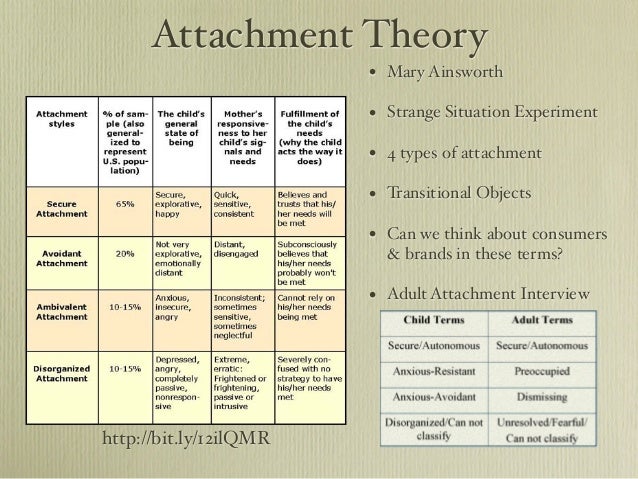 On the one hand, they want to belong. They want to love and be loved.
On the one hand, they want to belong. They want to love and be loved.
While on the other hand, they are afraid to let anyone in. They have a strong fear that the people who are closest to them will hurt them.
Adults with a disorganized attachment style fear intimacy and avoid proximity, similar to individuals with an avoidant attachment style. The main difference for disorganized adults is that they want relationships.
These adults expect and are waiting for the rejection, disappointment, and hurt to come. In their perception, it is inevitable.They do not reject emotional intimacy; they are simply afraid of it. Adults with a disorganized attachment style continue to view the attachment figure (once, their caregiver, and now, their partner) as unpredictable.
They have trouble believing that their partner will love and support them as they are. These adults expect and are waiting for the rejection, disappointment, and hurt to come.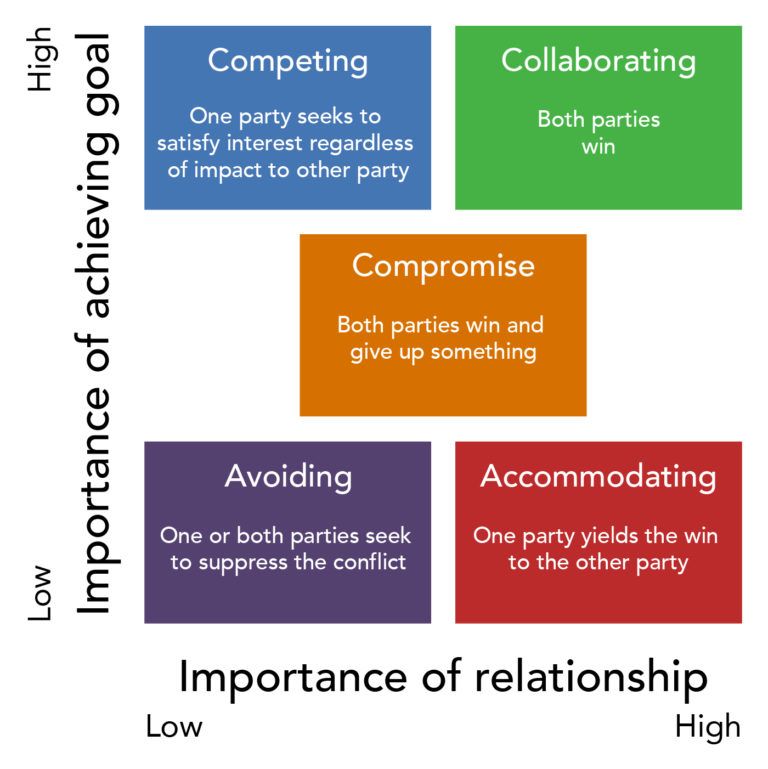 In their perception, it is inevitable.
In their perception, it is inevitable.
This mindset can turn into a form of self-sabotage, causing the disorganized adult to end a relationship prematurely.
It might also be a type of self-fulfilling prophecy. So, the disorganized adult expects and predicts that they will be rejected by their partner. Even when there are no such signs, he or she starts behaving in a way that leads to fulfilling the expectations (the end of the relationship).
It is also a self-fulfilling prophecy when an individual with a disorganized attachment style chooses partners that induce fear. Thus confirming their perception that they can’t trust other people (emotionally or physically), no matter what.
Disorganized adults tend to have a negative view of both themselves and others.They are at a higher risk of developing mental health issues, such as substance abuse, delinquent/aggressive behavior, and abuse on their own children.
Research also demonstrates a link between the disorganized attachment style in adults and borderline personality disorder.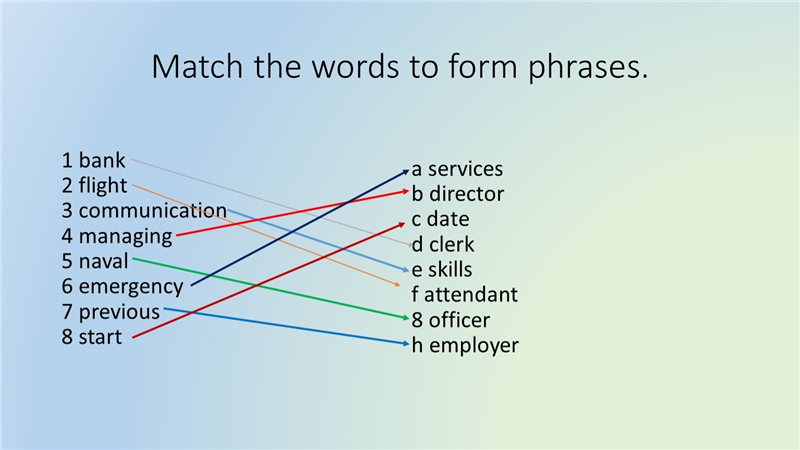
Can you change a disorganized attachment style?
Living with a disorganized attachment style is certainly not easy. Imagine playing a game that you never really understood the rules of.
You want to play with others, but no one ever taught you how. When it’s your turn, you make your move, but you never know what to expect afterwards. You keep losing without knowing why.
Fortunately, there are ways to heal. And it is important to do so for yourself, for your loved ones, and eventually, for your children.
A disorganized attachment style can cause a lot of distress and confusion when it comes to social interactions and intimacy. It can harm your relationships and lead you to lose someone you really want in your life.
Being around or with someone with this attachment style is also challenging. The unpredictability, suspicion, and lack of trust from that individual can be hurtful and frightening.
A caregiver with a disorganized attachment style raising a child is one of the key predictors of a child’s emotional development.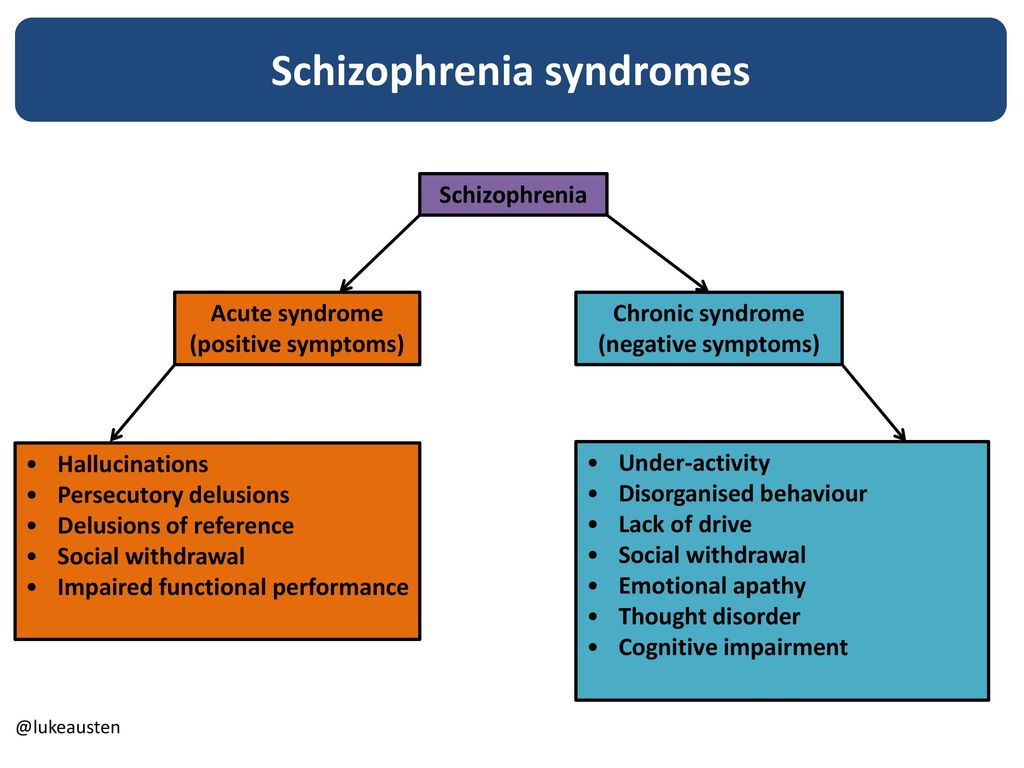
So, if you, as a parent, have an unresolved trauma or loss, you are likely to raise a child with a disorganized attachment style.
How to heal a disorganized attachment style in adults?
One of the key issues in people with this attachment style is fear of someone they trust hurting them. The easiest solution? Do not trust anyone. This, however, is not a very productive or fruitful solution.
Simply avoiding proximity will not heal the trauma or the painful childhood experiences. In order to learn to build secure relationships, you need to learn to trust people first.
This sounds easy, but for adults with a disorganized attachment style, it can be quite challenging. For this reason, it might be best to start off easy and not push yourself.
One way to start healing is by working with a psychotherapist. A therapist is someone you can trust, as he or she will offer a non-judging, accepting, calm, and predictable space for you to open up.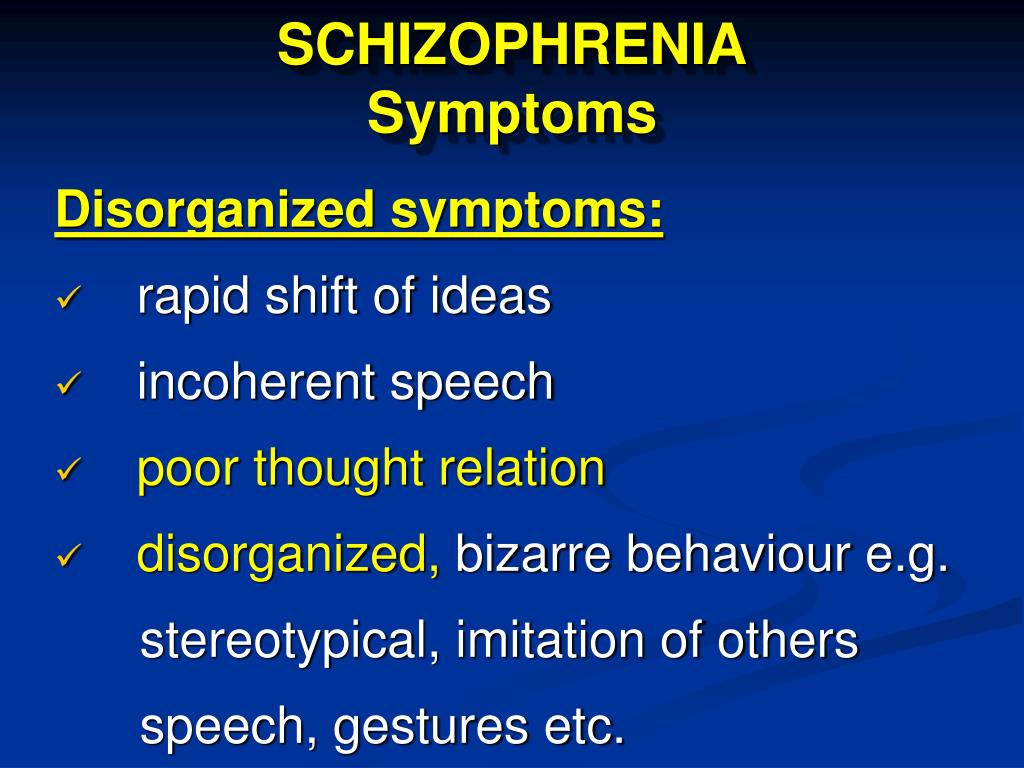
You might be able to express and make sense of your experiences, emotions, and needs in a safe environment.
Another option you could consider is trying to heal on your own. That could be a promising approach, as it does not push your limits that much. It does not require trusting a stranger right away.
We recently released our first series of attachment style digital workbooks to help guide you.
Disorganized Attachment WorkbookIf your relationships often take you on an emotional rollercoaster, this book might just be the step you need to take to begin your journey to positive change.
The disorganized attachment digital workbook includes:
- 193 pages and 36 practical exercises
- How disorganized attachment affects you in over 10 different areas of life
- Groundbreaking and up-to-date research on disorganized attachment
- An easy-to-digest intro to attachment theory
- Case studies, summaries, and reflection sections
Empower your Instagram feed
If you liked this post and want to learn more about attachment theory, then we recommend following The Attachment Project on Instagram.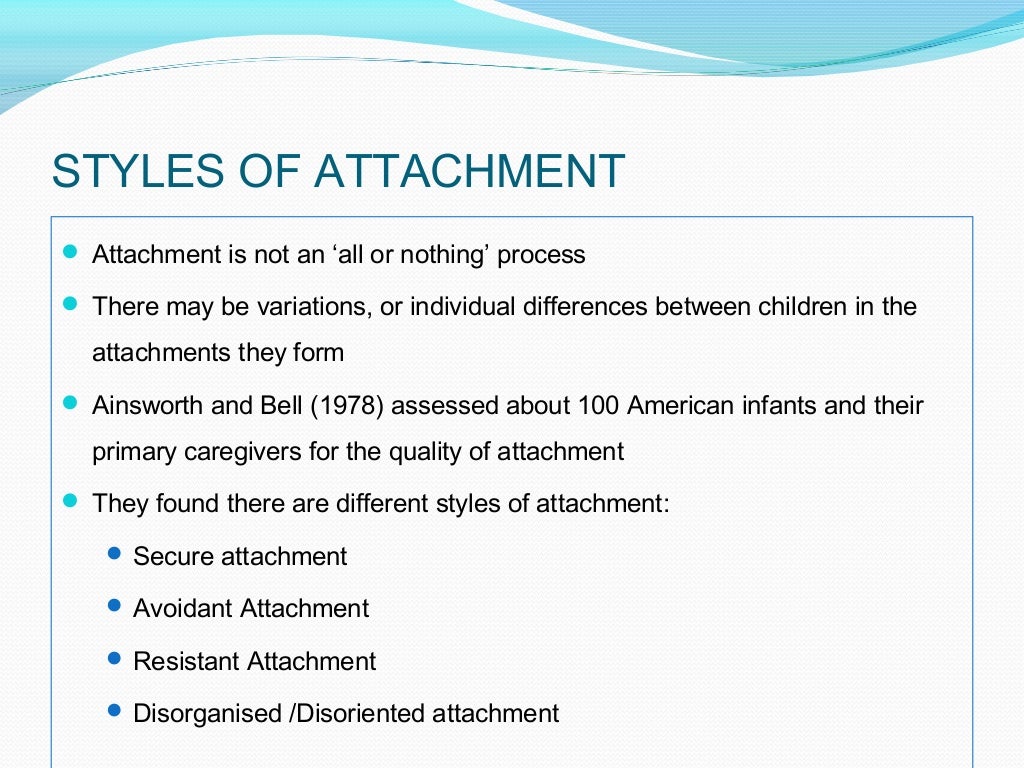 We regularly post content to help you make sense of attachment theory in various contexts.
We regularly post content to help you make sense of attachment theory in various contexts.
View this post on Instagram
View this post on Instagram
View this post on Instagram
Sources:
Ainsworth, MD, Bell, SM.(1970). Attachment, exploration, and separation: Illustrated by the behavior of one-year-olds in a strange situation.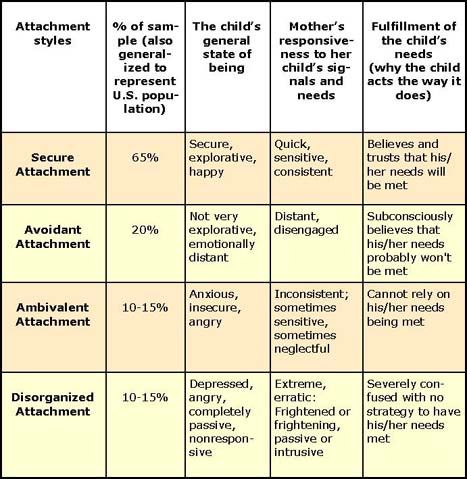 Child Development, 41(1), 49-67.
Child Development, 41(1), 49-67.
Bowlby, J.(1982). Attachment and Loss: Volume 1 Attachment. 2nd ed. New York: Basic Books.
Mikulincer, M., Shaver, P.R. (2007). Attachment in Adulthood: Structure, Dynamics, and Change. Guilford Press.
Disorganized Attachment Style in Relationships
Disorganized attachment in relationships can be troublesome both for disorganized attachers and for their partners. This is due to the fact that this attachment style incorporates and vacillates between elements of both the avoidant and anxious styles
Despite often confusing actions to the contrary, disorganized attachers want relationships – they want to love and be loved. However, they’re also afraid that their partners will betray their trust, so they struggle to let others “in”.
These contrasting behaviors are due to the central component of the disorganized attachment style being fear within relationships. In truth, the disorganized attachment style is considered to be the most difficult form of insecure attachment to manage – disorganized adults strongly desire love and acceptance but simultaneously fear that those closest to them will hurt them.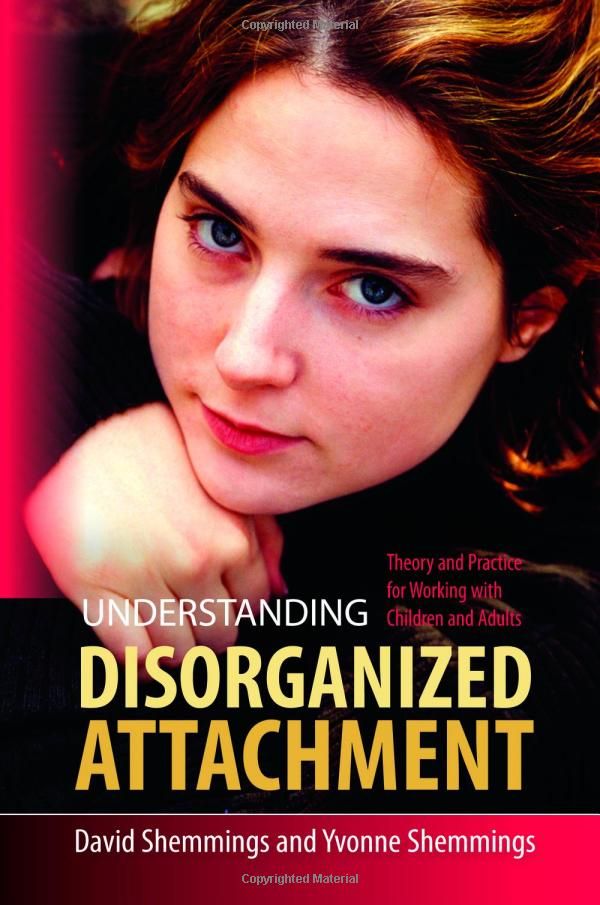 From the disorganized attachment viewpoint, rejection, disappointment, and hurt in relationships are inevitable – it’s just a matter of “when”.
From the disorganized attachment viewpoint, rejection, disappointment, and hurt in relationships are inevitable – it’s just a matter of “when”.
For this reason, we will discuss:
- What disorganized attachment is
- How disorganized attachment plays out in relationships
- Tips for dating someone with a disorganized attachment style
- How disorganized attachment can affect marriages
- Breakups and disorganized attachment
Do you know your attachment style?
Take our attachment quiz and find out now – fast, easy, free.
What Is Disorganized Attachment Style?
Disorganized attachment is one of the three forms of insecure attachment (avoidant, anxious, and disorganized).
According to Attachment Theory, when a caregiver is sensitive and attuned to their child’s needs during their formative years (the first eighteen months), the child develops a sense of safety and stability. They develop a secure attachment style.
They develop a secure attachment style.
In contrast, the roots of the disorganized attachment style are in perceived fear.
When a caregiver is emotionally and physically unavailable to their child, or displays highly contrasting behavior which is unpredictable or frightening, the child starts to fear for their safety. In extreme cases, some children with disorganized attachment were subject to abuse, or they may have experienced neglect or witnessed traumatic situations.
As a result, the child doesn’t know when their caregiver will meet their needs – or if they will at all. Consequently, they cannot bond securely with their caregiver and may try to forge a sense of closeness with them to satisfy their need for proximity and affection. However, the child also realizes that they need to distance themselves from their caregiver as a form of self-protection.
Disorganized attachment in adults is shaped by the individual’s experiences as a child.
So, as adults, people with a disorganized attachment style tend to lack coherence in their own behaviors. They actively seek out closeness with others, but their experiences taught them that the people closest to them aren’t to be trusted. As a result, the disorganized attacher typically rejects others’ attempts at proximity and affection.
What Is Disorganized Attachment in Relationships?
Disorganized attachers view their romantic partners as unpredictable because their childhood template for relationships taught them that others couldn’t be relied upon. They are constantly on edge because they believe that hurt, rejection, and disappointment are inevitable in relationships. As a result of this belief, they tend to repeat the same unhealthy patterns in their adult romantic partnerships.
There are a number of ways in which disorganized attachment in relationships can play out:
Difficulties “opening up”
Someone with a disorganized attachment style in relationships may struggle with disclosing their feelings to a partner and allowing themselves to be vulnerable in a relationship.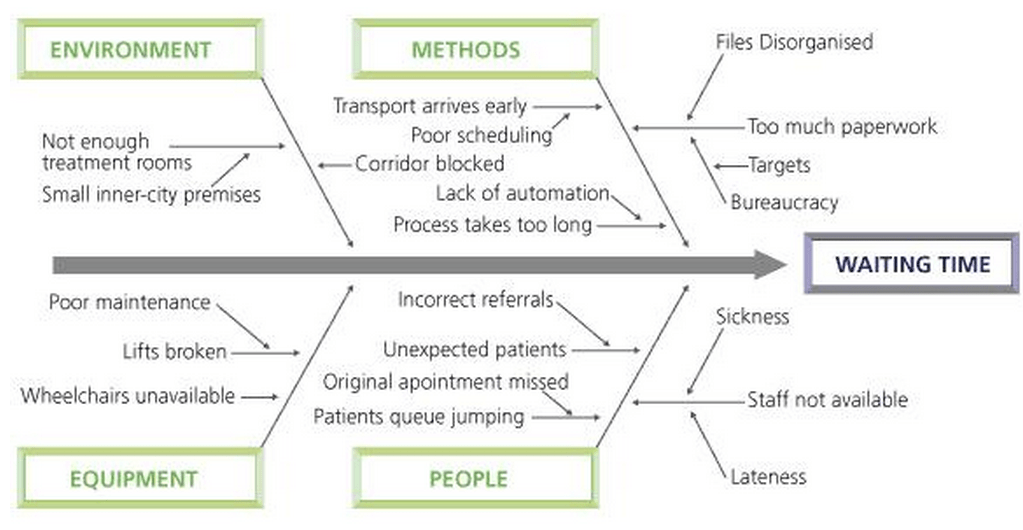 They might find it difficult to open up to other people because they tend to have a negative view of themselves and others.
They might find it difficult to open up to other people because they tend to have a negative view of themselves and others.
Acting out
Disorganized attachers often become a self-fulfilling prophecy in relationships. They tend to act in difficult or often intolerable ways that end up pushing their partners away – thus ending the relationship and confirming their belief that other people will reject them.
Choosing unsuitable partners
Disorganized attachers tend to recreate the conditions of their childhood. They may subconsciously get involved with fearful or potentially abusive people. This way, they confirm their belief that other people aren’t to be trusted.
Trust issues
Disorganized attachers’ template for relationships taught them that they could not rely on others to accept and love them for who they are. As a result, they may act suspiciously and be jealous of their partners’ behaviors.
Difficulties regulating emotions
A partner with a disorganized attachment style may be prone to mood swings and create conflict within a relationship.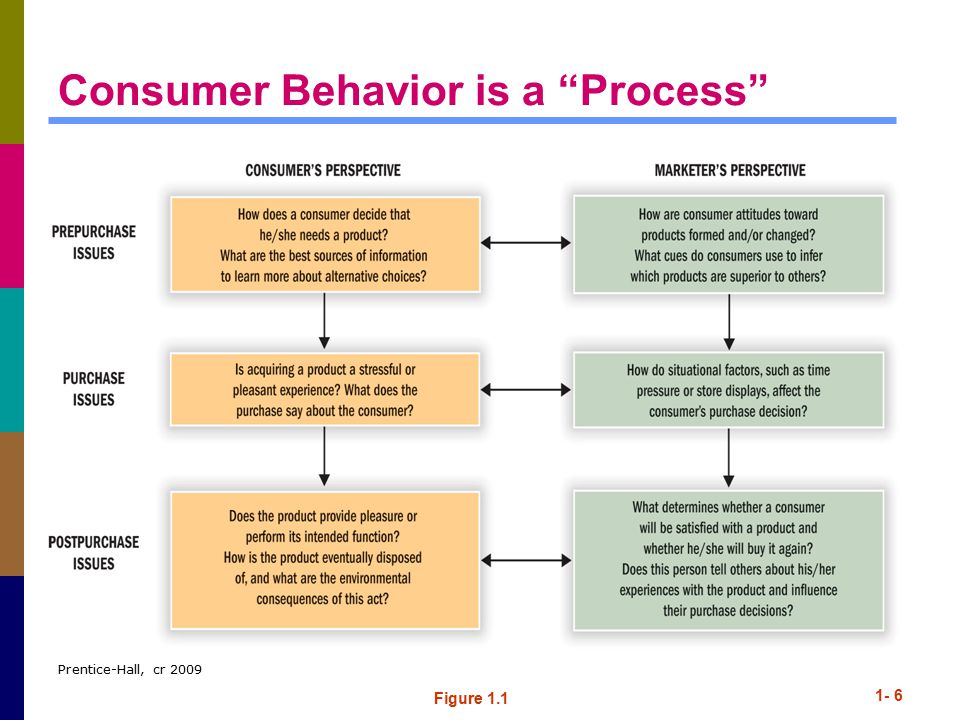
They may also have problems expressing their needs and emotions in coherent ways because they struggle to understand them.
Demanding
Similar to anxious attachers, disorganized adults can be clingy and demanding in relationships. They deeply desire love, so they actively seek attention and approval, but can overanalyze their partners’ actions due to fear of abandonment.
Shutting down
Disorganized attachers also share traits with the avoidant attachment style in relationships.
Because they presume that their needs won’t be cared for by others, they shut down their emotions and may come across as cold and unfeeling to their partners.
Behaving inconsistently
Due to their desire for closeness, yet simultaneous fear of it, someone with a disorganized attachment style may display a push and pull energy in their relationships. This may look like an “I hate you – don’t leave me” pattern of behaviors – which could clearly be highly confusing for their partners.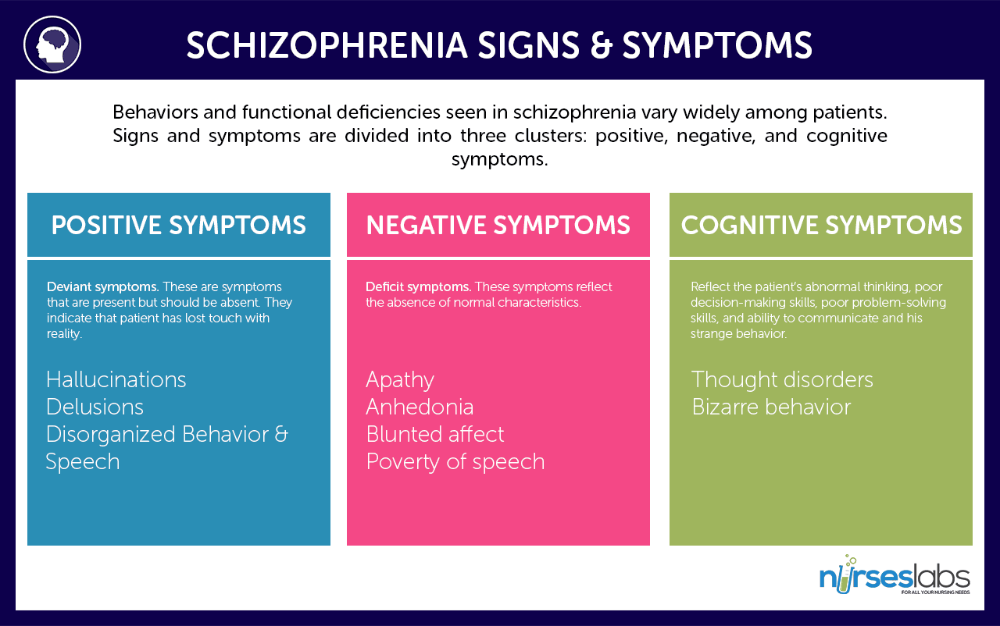
Trust Issues in Disorganised Attachers
As the above points suggest, the traits of the disorganized attachment style can make relationship stability and longevity a challenge.
However, this doesn’t mean that disorganized attachment relationships are doomed to fail. Yet it might signify that a significant amount of understanding and effort is required from both the disorganized attacher and their partner in order to make the relationship work.
Bear in mind that the disorganized attachment style doesn’t just affect romantic relationships. Disorganized attachment friendships are also characterized by difficulties with trusting others, an inability to be mutually vulnerable, and struggles with maintaining long-term friendships.
Regardless of whether you’re romantically involved with a disorganized attacher, or if they’re platonic to you but nevertheless important in your life, then the below tips are transferable to most circumstances.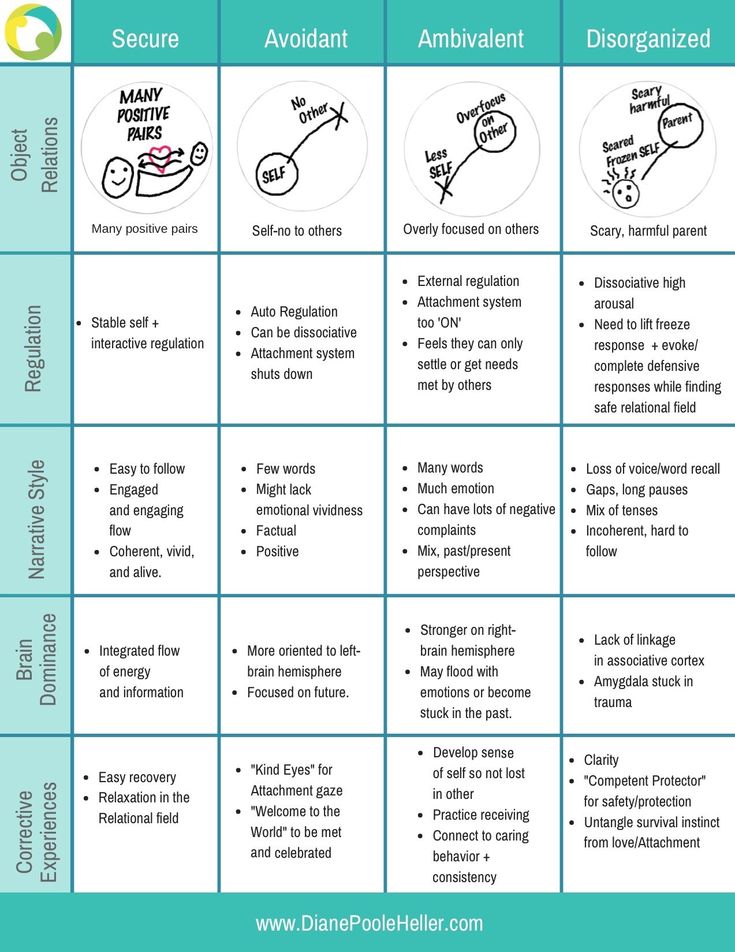
Dating Someone With Disorganized Attachment
Although dating someone with a disorganized attachment style is bound to have its challenges from time to time, successful disorganized attachment dating is entirely possible with understanding, patience, and the right skill set.
The following steps may help you support a disorganized attacher in the way they need within a relationship:
I. Communicate openly and clearly
Someone with a disorganized attachment style in relationships might have problems expressing their emotions to their loved ones because they either have difficulty interpreting their feelings or else fear a negative response for doing so.
It’s possible to help a disorganized partner open up by communicating your own feelings and needs in a clear, coherent, and open manner. Doing so may give your partner the courage to do so themselves, as well as possibly help them recognize their own complex or intense emotions.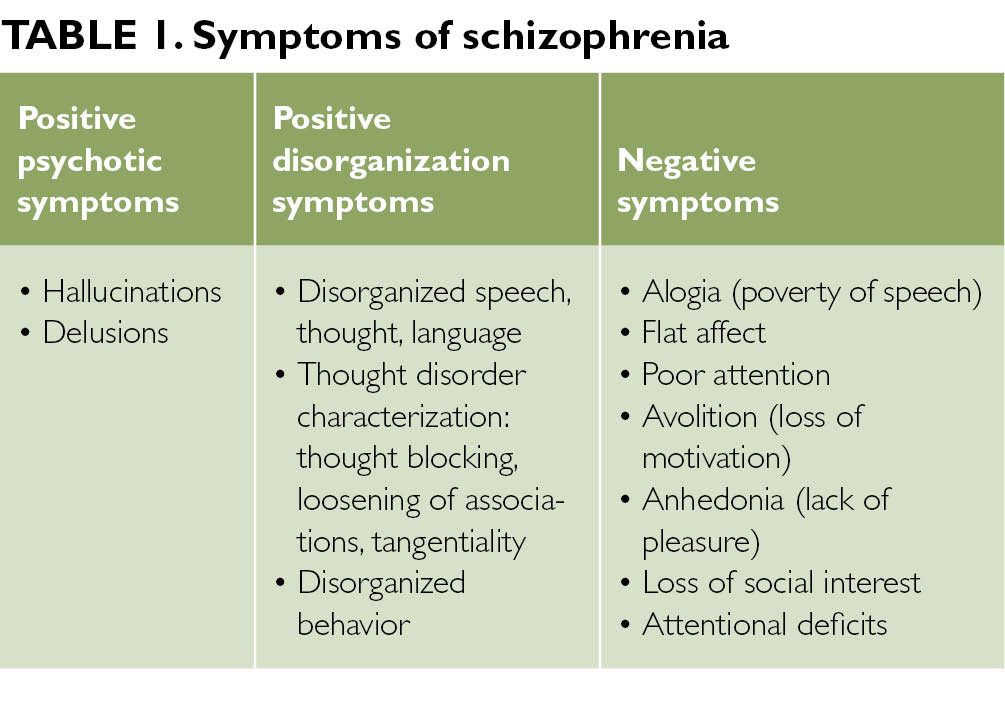
II. Be consistent
Inconsistent behavior is a major trigger for disorganized attachers high in attachment anxiety. Regularly letting your partner know how important they are to you and that you’re there for them may help them feel more secure and supported within the relationship.
III. Aim to be patient and understanding
What may often come across as irrational and hurtful behavior from a disorganized partner is actually their way of coping with fear within the relationship.
Try to understand that what they are feeling is very real to them, even if their behavior seems bizarre. They’re likely not trying to hurt you – but their actions are the only way they’ve learned how to manage instability in their life.
IV. Listen to their concerns
Be supportive and allow your partner to voice their fears to you, as doing so can help them understand the flaws in their way of thinking. It’s important to validate their emotions, but you can also gently point out current inaccuracies in their thought patterns.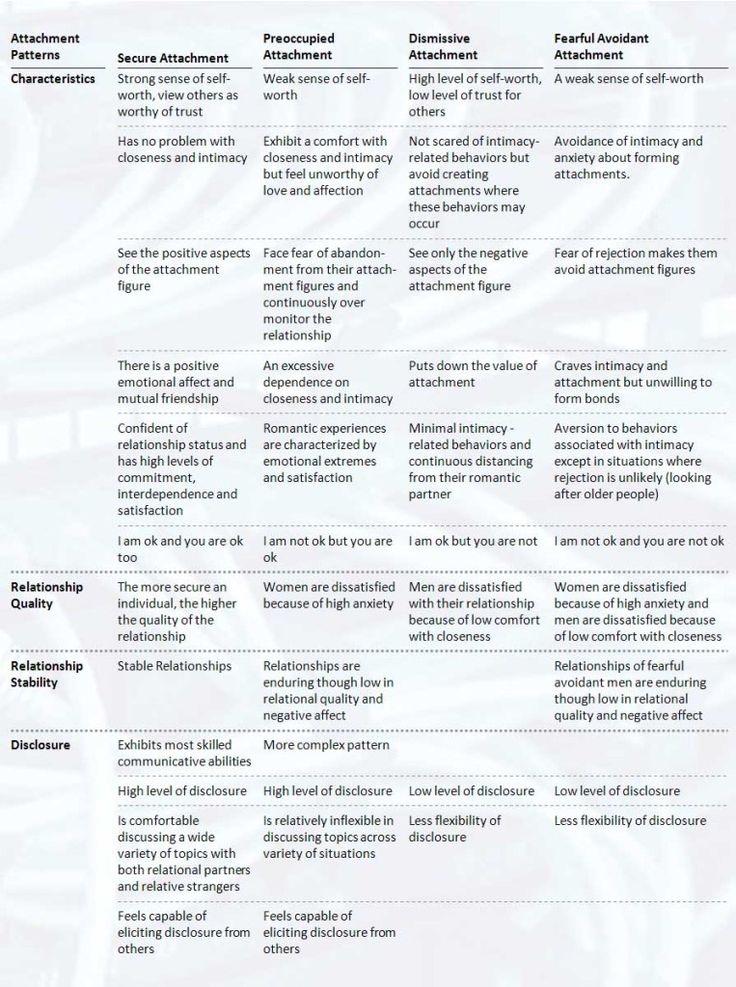 You could also provide them with evidence to the contrary – such as how you’ve never hurt them in the past, so there’s no reason to think otherwise.
You could also provide them with evidence to the contrary – such as how you’ve never hurt them in the past, so there’s no reason to think otherwise.
V. Don’t expect trust straight away
Your disorganized partner may feel like they can’t trust the important people in their life. Therefore, as we have already mentioned, you may need to be patient and consistent in your actions. The trust will likely come in time, but if you attempt to force it, you may inadvertently create setbacks within the relationship.
VI. Consider therapy
Therapy for disorganized attachment typically involves delving into the childhood experiences that led to its development. Through doing so, a disorganized partner is given the opportunity to understand how past traumas have contributed to their current thought patterns and difficulties within relationships.
Disorganized Attachment in Marriage
Disorganized attachment in marriage plays out in similar ways to the other forms of disorganized relationships.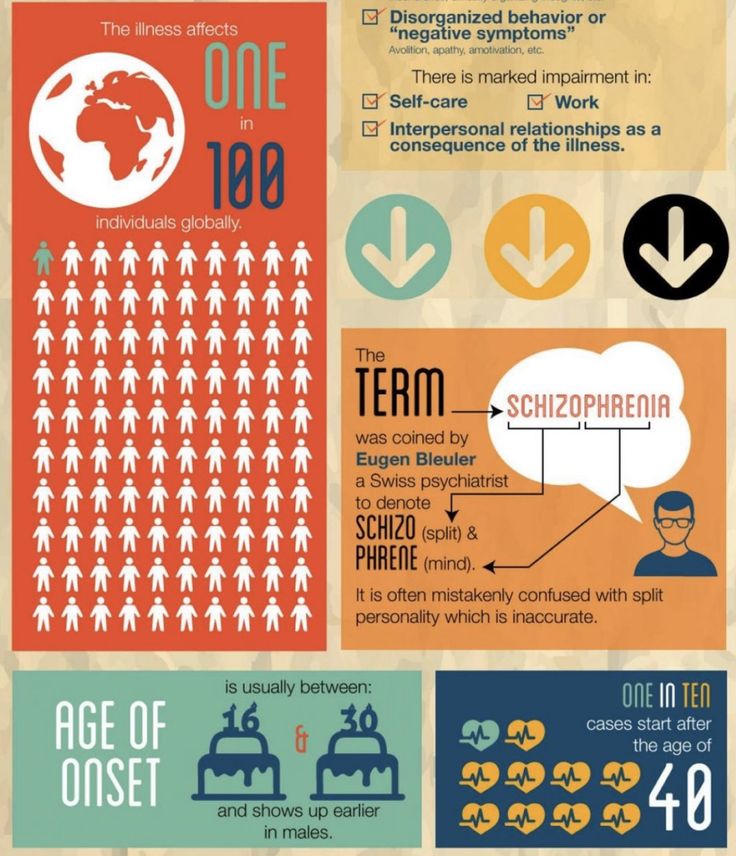 Despite clearly loving their partner enough to marry them, if the disorganized attacher has not processed their maladaptive outlook on themself and the world, they still likely have a negative view of themselves and their spouse. They continue to feel unworthy of love and anticipate that their spouse will hurt them.
Despite clearly loving their partner enough to marry them, if the disorganized attacher has not processed their maladaptive outlook on themself and the world, they still likely have a negative view of themselves and their spouse. They continue to feel unworthy of love and anticipate that their spouse will hurt them.
As a result of this outlook, the disorganized attacher feels uncomfortable trusting their spouse, despite craving closeness and intimacy from them – therefore, they may reach out for closeness and quickly withdraw from it.
All of these inconsistent and contradictory disorganized behaviors can be incredibly challenging for a spouse to cope with.
Furthermore, someone with a disorganized attachment style in relationships may use sex as a tool to avoid conflict. The physical act of lovemaking allows them to feel connected with their partner, yet they don’t have to address the underlying problems in the relationship that led to the conflict in the first place.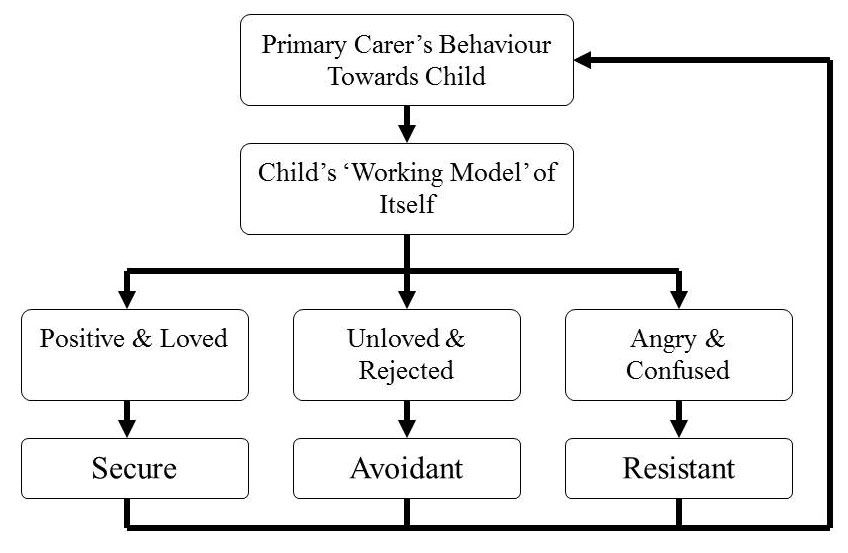
Another withdrawal behavior that a disorganized attacher may engage in when attempting to distance themselves from relationship intimacy is infidelity. This isn’t to suggest that all disorganized attachers cheat in relationships. According to research, however, someone with a disorganized attachment style may be more likely to act out sexually in an attempt to connect without intimacy.
All of these traits and potential coping methods can be highly destructive to a marriage.
However, the marital relationship is instrumental in helping a disorganized spouse to heal from childhood trauma as it engages the spouse in the process of retraining the brain towards more “learned” security in relationships. Therefore, as well as utilizing the tips for dating someone with disorganized attachment, it may benefit a married couple struggling with the challenges associated with disorganized attachment to undergo counseling with a trained marriage or attachment therapist.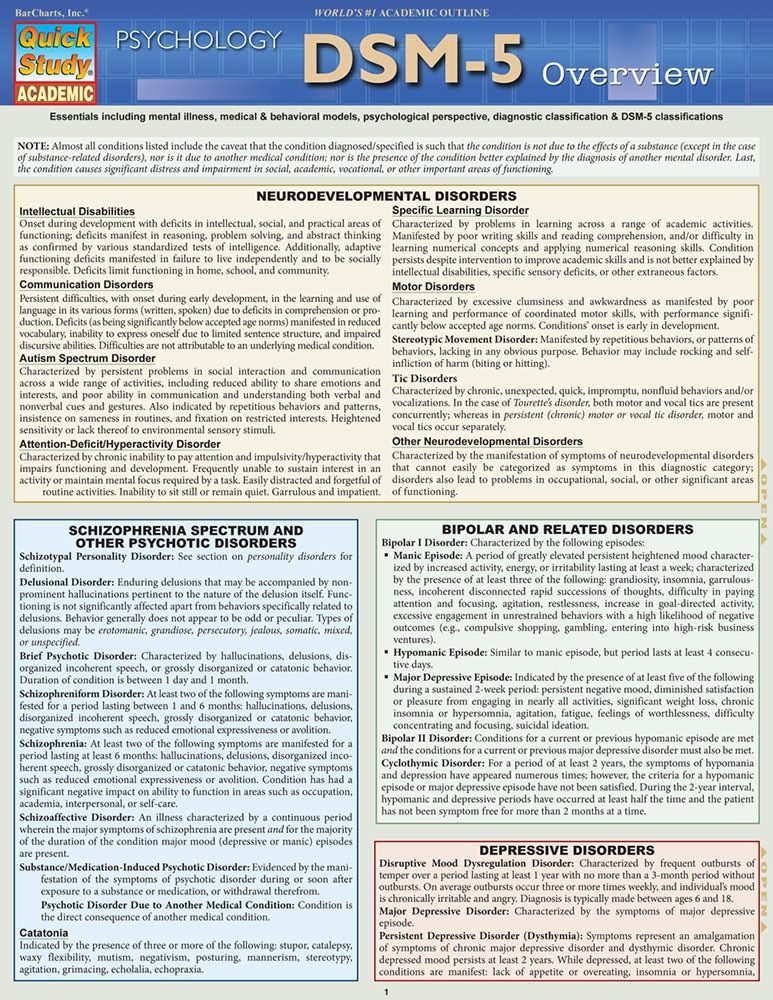
Break Up and Disorganized Attachment
No matter how secure we may be within ourselves and our relationships, we all experience breakups at some point in our lives. Yet, this doesn’t make the heartache any easier – however; our attachment style can determine how we emotionally respond to breakups.
Disorganized attachment breakups tend to be a bit of a rollercoaster. Initially, a disorganized attacher may do all that they can to avoid the pain of a breakup, so they might numb their feelings in unhealthy ways such as by abusing substances.
However, inevitably, the negative feelings associated with the breakup will catch up with the disorganized attacher, and they may experience further reductions in self-esteem. For this reason, the disorganized attachment style is associated with rushing into rebound relationships or “flings” in an attempt to distract themselves from the negative emotions associated with the end of a relationship.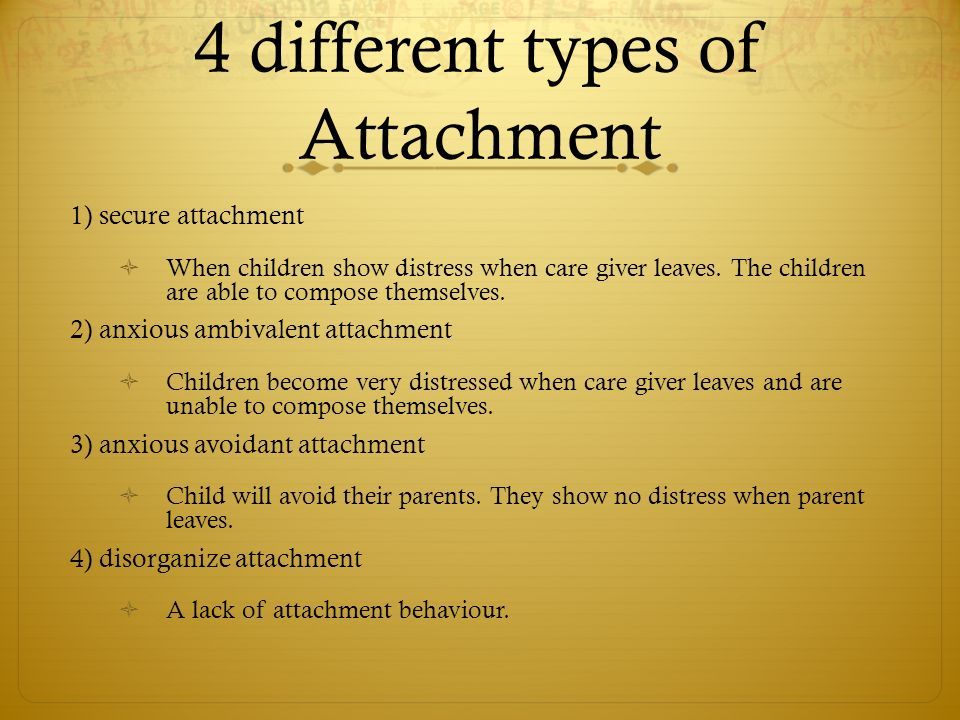
Any of these triggers could result in someone with an avoidant attachment style either withdrawing from a relationship, or even breaking up with their partner.
However, once someone with this attachment style starts to recognize their triggers and how they react to them, they can regulate their responses in more healthy ways.
If someone with a disorganized attachment style is struggling in the aftermath of a breakup, it’s important for them not to shut down their emotions and instead attempt to express them to a trusted friend or family member. If they do not feel comfortable doing so, then mental health professionals can help them to process their attachment issues and any pain associated with a breakup, so as to reach more balanced patterns of feelings and behaviors.
In many ways, processing a breakup in therapy is an excellent way of understanding how repeating behaviors led to the breakup, because the disorganized attacher never processed their underlying issues from their childhood.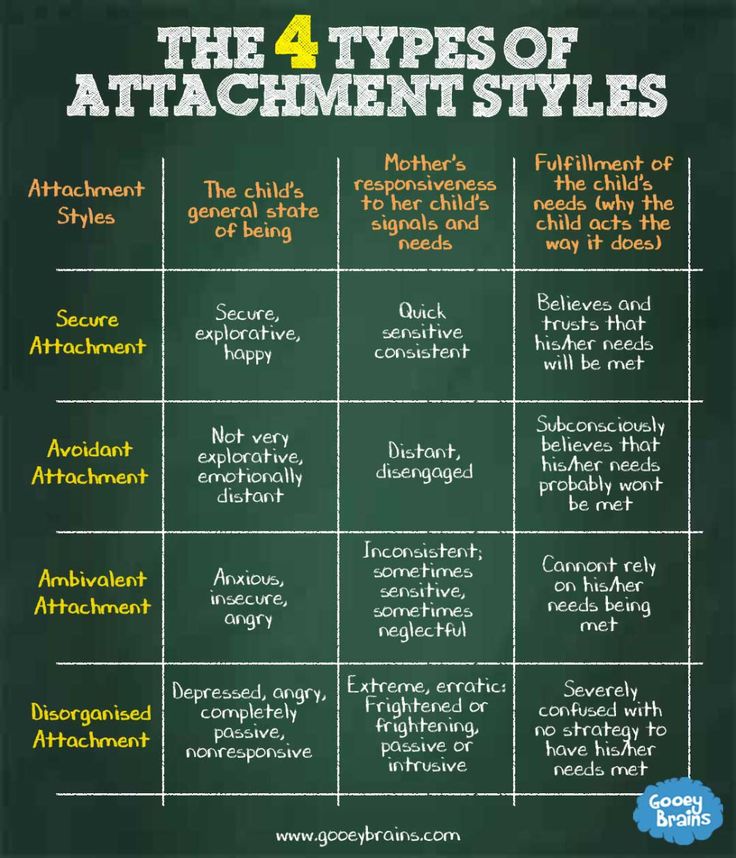 Recognizing these patterns is a crucial start in the process of change.
Recognizing these patterns is a crucial start in the process of change.
Our guide on Attachment Styles and Breakups may be able to offer more insight into how attachment styles can affect how we process and move on from breakups.
Final Thoughts on Disorganized Attachment in Relationships:
It may often feel like attachment styles are permanent. Yet, with knowledge, understanding, and the right skill-set, forming healthy relationships with a disorganized attachment style is entirely possible.
Disorganized attachers can develop “learned” secure attachment by identifying their irrational thoughts about themselves and relationships, and they could change their attachment-related behaviors as a result.
For many people, the best way of forging learned security with a disorganized attachment style is through a therapist. Others may feel more comfortable starting their process of change by discussing their issues with a partner, trusted friend, or through a workbook.
However, regardless of how they choose to do so, consistency and effort are key if someone with a disorganized attachment style wants to achieve change.
Discover your attachment style in just 5 minutes.
Receive your report straight away. Totally free!
Curious to learn more about your attachment style?
Get your digital Attachment Style Workbook to gain a deeper understanding of…
- how your attachment style developed
- how it influences different aspects of your daily life, such as your self-image, romantic relationships, sexual life, friendships, career, and parenting skills
- how you can use the superpowers associated with your attachment style
- how you can begin cultivating a secure attachment
- and more…
Buy Now
Ainsworth, MD, Bell, SM.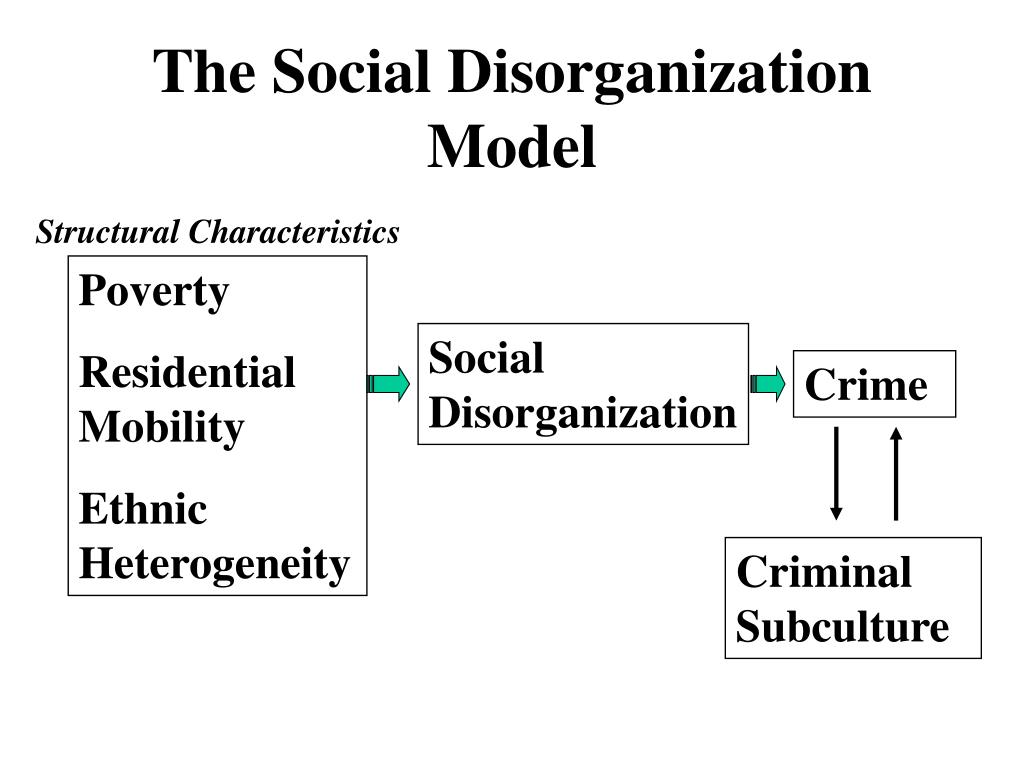 (1970). Attachment, exploration, and separation: Illustrated by the behavior of one-year-olds in a strange situation. Child Development, 41(1), 49-67.
(1970). Attachment, exploration, and separation: Illustrated by the behavior of one-year-olds in a strange situation. Child Development, 41(1), 49-67.
Bowlby, J.(1982). Attachment and Loss: Volume 1 Attachment. 2nd ed. New York: Basic Books.
Chopik, W. J., Edelstein, R. S., & Grimm, K. J. (2019). Longitudinal changes in attachment orientation over a 59-year period. Journal of Personality and Social Psychology, 116(4), 598–611.
Mikulincer, M., Shaver, P.R. (2007). Attachment in Adulthood: Structure, Dynamics, and Change. Guilford Press.
Ramona L. Paetzold, W. Steven Rholes, and Jamie L. Kohn. (2015). Disorganized Attachment in Adulthood: Theory, Measurement, and Implications for Romantic Relationships. Review of General Psychology, 19,(2), 146–56.
How different types of attachment affect our relationships and what to do about it
April 30, 2022 Relationship
If you choose a partner from the wrong category, the union is unlikely to be strong.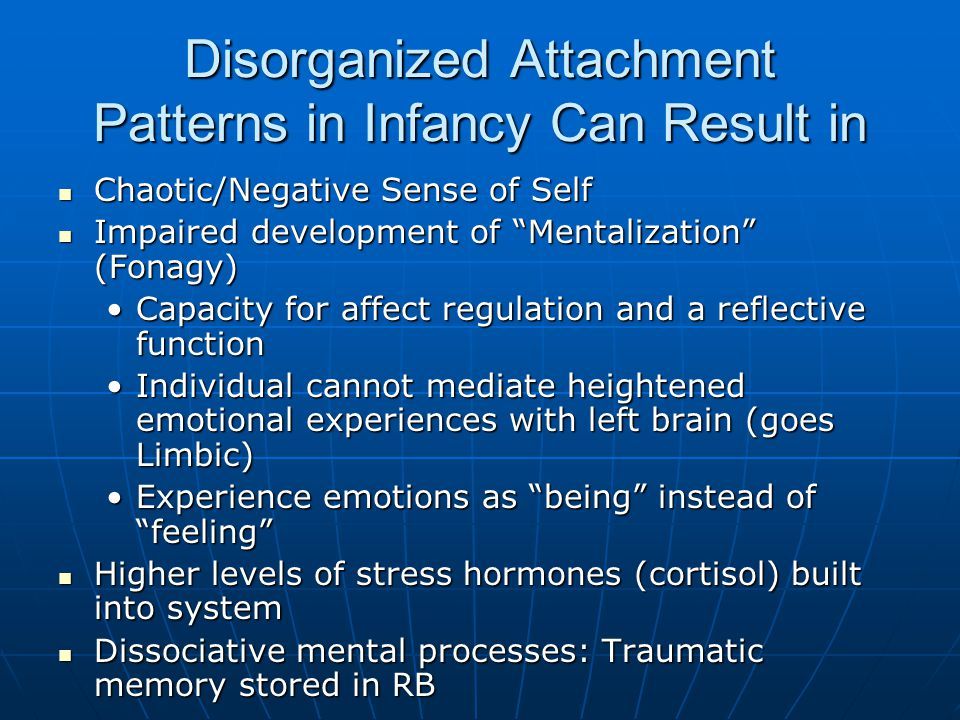
We are all programmed to get attached to other people. That is why the child cries when he is separated from his mother for some time. But depending on the behavior of loved ones in our childhood, personal experience and other factors, each of us forms our own type of attachment. It affects not only our relationships, but also ourselves.
What are the types of attachments
Reliable
For people of this category, it is absolutely natural to love and care for someone. They are able to form a close bond with another person without worrying about petty misunderstandings.
"Reliable" accept partners as they are and treat them with respect. They do not play games or use manipulation, but openly talk about their successes and failures, needs and feelings. In addition, such people are attentive to the desires of a loved one and try to fulfill them.
“Reliable” people also have stable self-esteem, so they calmly perceive criticism and competently cope with conflicts.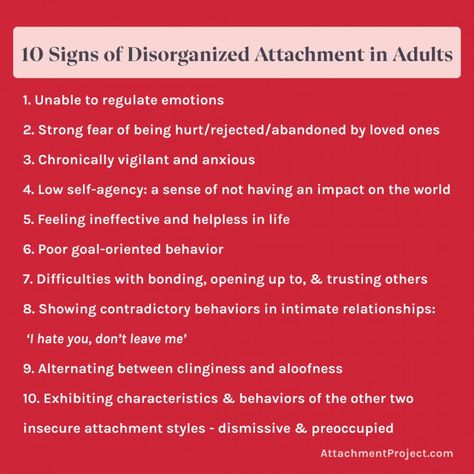 Instead of heating up the situation, they try to solve the problem, forgive a loved one or apologize.
Instead of heating up the situation, they try to solve the problem, forgive a loved one or apologize.
Anxious
People with this type of attachment want closeness and are able to maintain close contact. Their main problem is elsewhere. They are afraid of being abandoned, and for the sake of maintaining relationships, they forget about their own desires and needs in order to please their partner. But as a result, they feel unhappy.
Anxious are fully occupied with relationships and are always "connected" to a partner. At the same time, they may worry that he wants intimacy to a lesser extent. This type takes everything to heart and gives a negative connotation to any comment of others in his address, expecting the worst.
To get rid of anxiety, such people begin to manipulate their partner. They deliberately move away to get attention and hear that they are needed. "Anxious" can react emotionally, do not answer calls, provoke a loved one to jealousy and threaten to break up.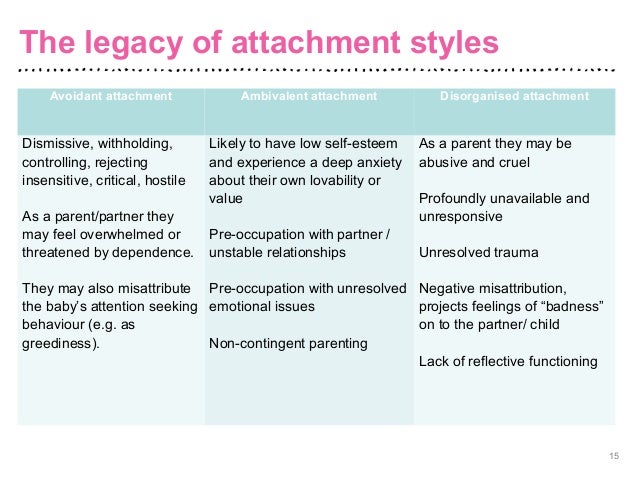 In addition, this type is quite jealous and tends to often call or write to a partner, even when he asks not to do so.
In addition, this type is quite jealous and tends to often call or write to a partner, even when he asks not to do so.
Avoidant
It includes two subtypes. The first - "disparaging" - is able to easily "cut off" complex emotions. Narcissists and those who are used to suppressing their feelings fall into this category. The second - "scared" - wants close relationships, but is afraid of them and does not know how to trust.
In general, avoidant people avoid intimacy because independence is more important to them. Of course, this does not mean that they do not like close communication at all. It's just that for them there is a certain line that should not be crossed.
In relationships they are independent, rely only on themselves and do not like to talk about their feelings. Avoiders defend their freedom and try their best to delay the moment when they have to make any commitments. And when people with this type of attachment still start a relationship, they keep their distance, notice even the smallest flaws in a partner, nostalgic for a free life or dream of an ideal union.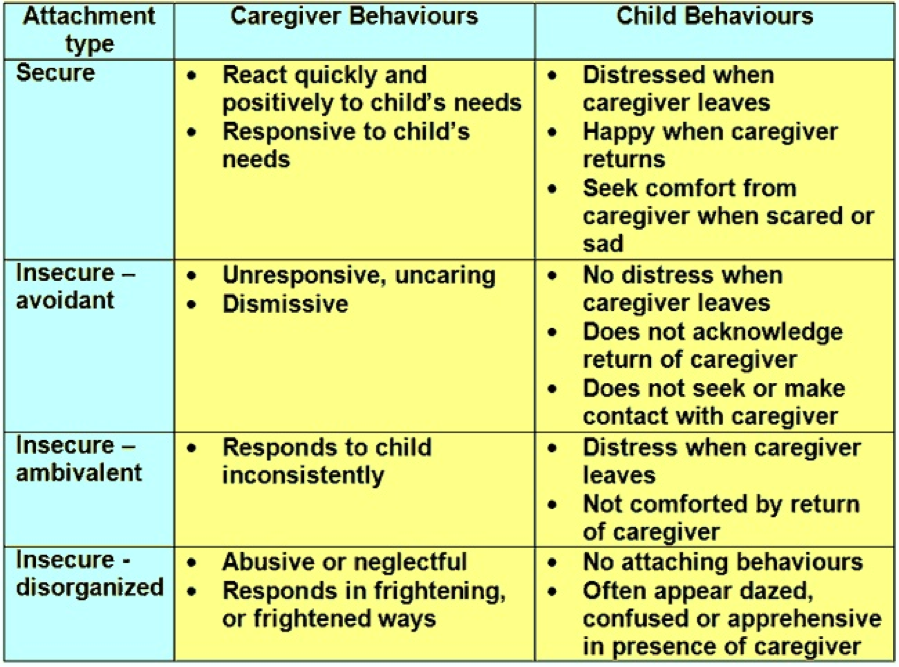
"Avoiders" react sharply to any attempts to control them or restrict their freedom. In such situations, they begin to distance themselves again: flirt with others, make rash decisions, and also ignore a loved one, his emotions and needs. The partner may complain that they feel unwanted, and also that the "avoidant" is not open enough and does not share his secrets and experiences.
Often a person with an avoidant type of attachment considers his partner to be clingy, and against this background, he is even stronger and more independent. He doesn't worry about the end of the relationship. However, when a crack appears in a couple, the “avoiders” pretend that they do not need any connections at all and “bury” their feelings even deeper. At the same time, people with this type of attachment have the same need for intimacy as others - it is simply suppressed.
Anxiety avoidant
It is also called ambivalent or disorganized. This attachment variant combines the anxious and avoidant types, respectively, and is commonly found in survivors of abuse.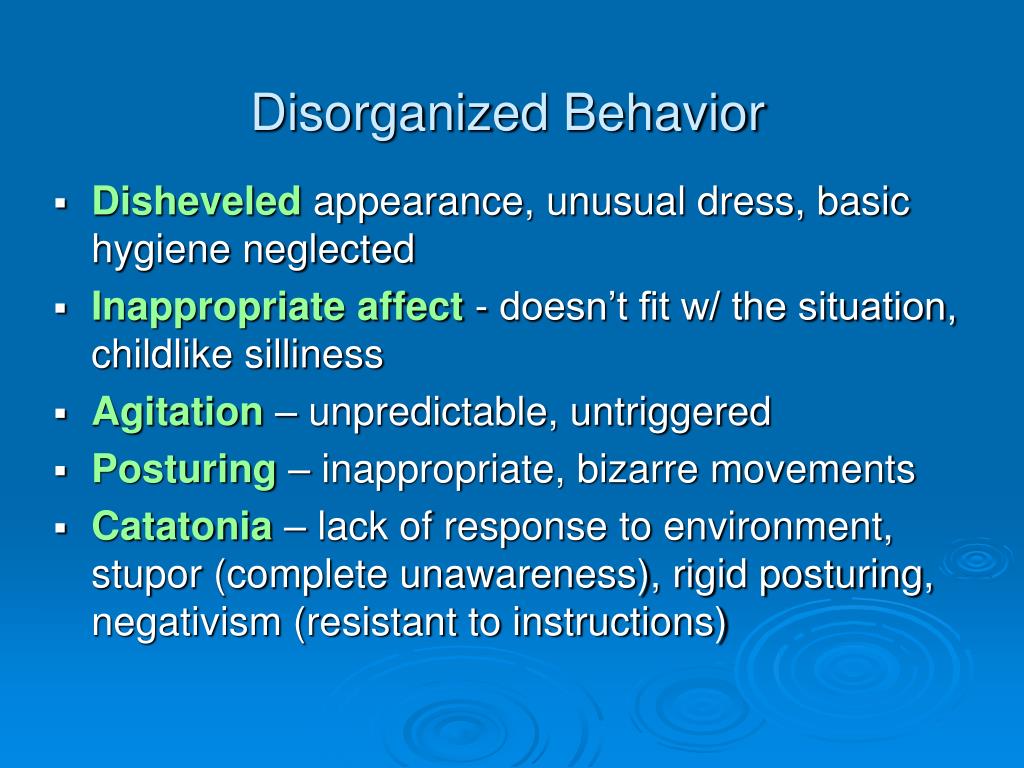 Such people crave love, intimacy and care, but are afraid to enter into a relationship. They are afraid of the prospect of rejection. At the same time, they believe that they are unworthy of good things.
Such people crave love, intimacy and care, but are afraid to enter into a relationship. They are afraid of the prospect of rejection. At the same time, they believe that they are unworthy of good things.
How Type of Attachment Affects Relationships
Even the most independent of us are surprised when we notice how dependent we become when we enter into a romantic relationship. This happens because an intimate relationship subconsciously stimulates our type of attachment and we begin to either trust a person or be wary of everything that happens.
To better understand how everything works in a couple, you can analyze the type of partner's attachment and start with his relationship to intimacy. Does he try to meet your needs or aggressively respond to your requests? Does he say that he is uncomfortable, or does he take a step forward and then distance himself? Self-confident people will not play games, show intractability, refuse to compromise.
Anxious and avoidant often form codependent relationships.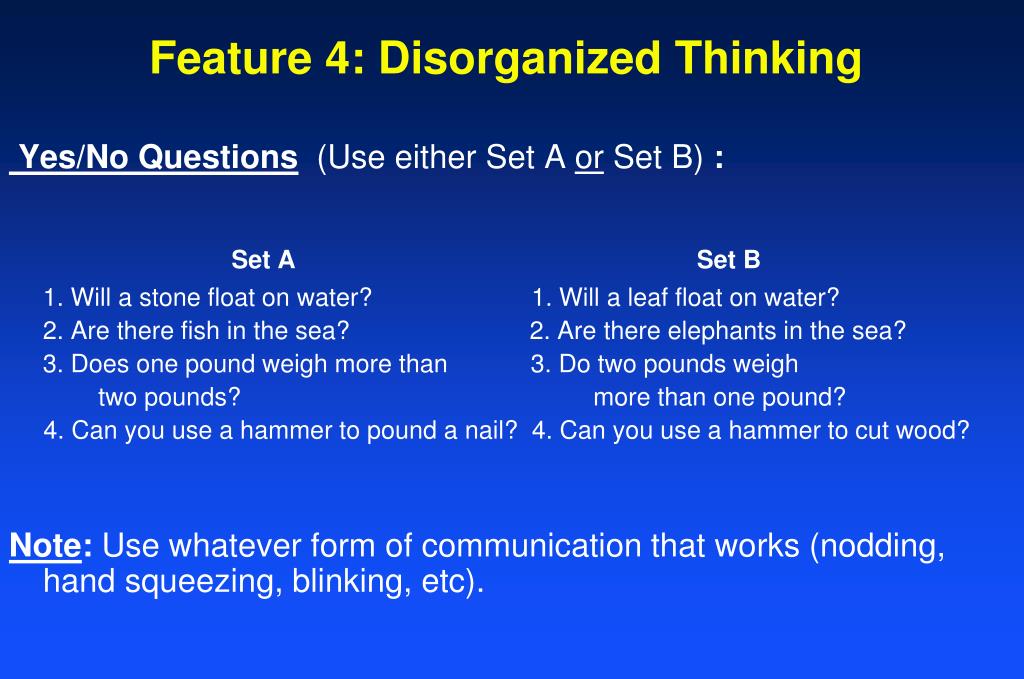 Each of them does not understand their needs and the needs of the partner. That is why they are drawn to each other. Both types are rarely interested in "reliable" people, simply because healthy relationships are unfamiliar territory for them. And an alliance with someone who has similar problems confirms their fears and feeds the belief that they are not good enough for love.
Each of them does not understand their needs and the needs of the partner. That is why they are drawn to each other. Both types are rarely interested in "reliable" people, simply because healthy relationships are unfamiliar territory for them. And an alliance with someone who has similar problems confirms their fears and feeds the belief that they are not good enough for love.
Another feature of the “anxious” is that they quickly enter into a relationship, instead of pausing and analyzing how a potential partner meets their requirements. They focus on similarities with another person, idealize the chosen one and ignore possible problems. At the same time, the “anxious” forget about their needs and do not know how to properly build communication with a partner.
This is precisely the reason why the anxious type converges with the avoidant one. When the "avoiders" begin to move away, the experiences of the "anxious" intensify. They confuse their longing and anxiety with love, not realizing that in fact the problem is not in them, but in the inaccessibility of a partner.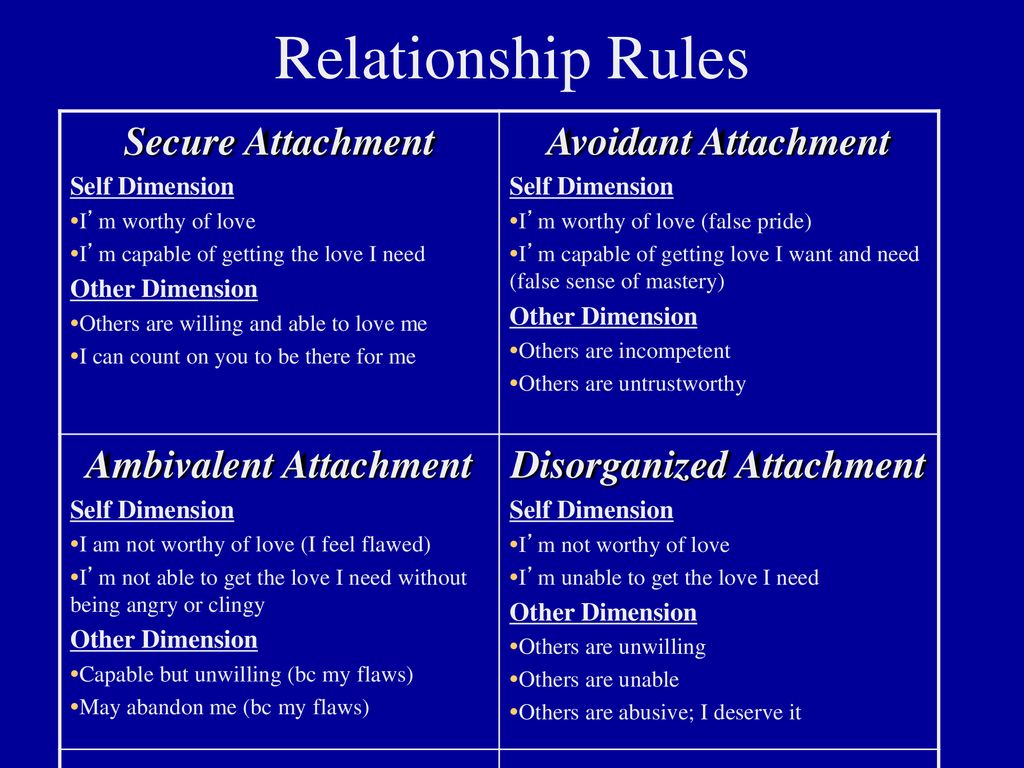 And unfortunately, whatever they do, they can't change it. "Anxious" spend more and more energy on maintaining relationships, afraid to face the truth. And the “avoiders” need someone who will look for meetings with them. It helps them meet their emotional needs.
And unfortunately, whatever they do, they can't change it. "Anxious" spend more and more energy on maintaining relationships, afraid to face the truth. And the “avoiders” need someone who will look for meetings with them. It helps them meet their emotional needs.
In addition, in contrast to the reliable type, "anxious" and "avoidant" do not know how to resolve conflicts, but instead begin to defend themselves and attack the enemy. Without conflict, impulsive behavior, and "chasing" an unavailable partner, unreliable types sink into depression associated with past relationships.
How to Change Your Attachment Type
Although most of us don't change our attachment type, it can be adjusted to make us feel more comfortable. Psychotherapy or relationships with a “reliable” partner help with this.
Changing the type of attachment is also inextricably linked with overcoming codependency. This can be done in a few steps:
- Get rid of the feeling of shame and work on self-esteem.
 This will allow you not to take everything to heart.
This will allow you not to take everything to heart. - Start expressing your opinion more assertively.
- Learn to notice, respect and express your emotional needs.
- Be honest - stop playing games and manipulating others.
- Practice acceptance of yourself and others.
- Stop overreacting to little things. It is difficult, but possible, if you identify the main triggers and find out the mechanism for their appearance.
- Take care of yourself.
- Practice conflict resolution and compromise.
Anxious people need to take responsibility for themselves and learn not to rush at the initial stage of a relationship. And for the “avoidant” - take responsibility for a partner, deal with their weaknesses, learn to respect and accept their need for love, and build boundaries.
This is especially true for the "anxious" and "avoidant" who have recently come out of a codependent relationship.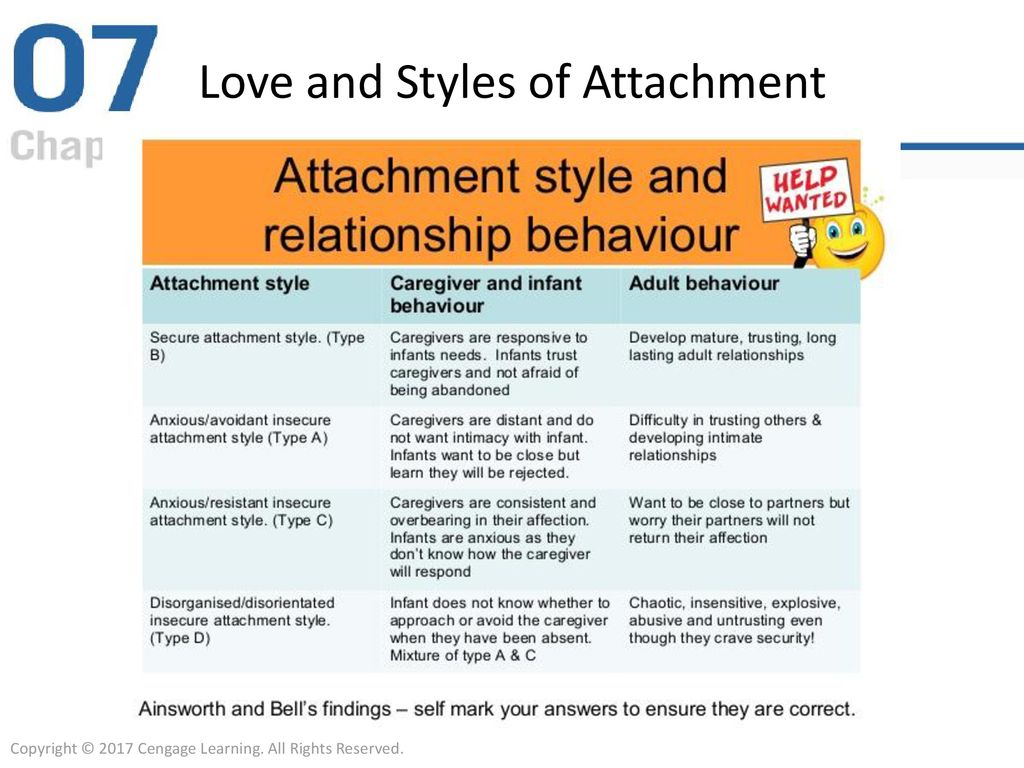 With this development of events, both types may think that if they open again, they will find themselves in an even more dependent position. Actually this is not true. A healthy attachment to another person, on the contrary, helps to become more independent. It provides a reliable and solid foundation for studying the world.
With this development of events, both types may think that if they open again, they will find themselves in an even more dependent position. Actually this is not true. A healthy attachment to another person, on the contrary, helps to become more independent. It provides a reliable and solid foundation for studying the world.
Read also 🧐
- 14 subtle signs that you are in a healthy relationship
- 3 Essential Skills for Creating Healthy Relationships
- How We Lose Ourselves in Relationships and Can We Avoid It
4 Styles of Attachment - Institute for Family Development
Does your partner avoid intimacy? On the contrary, obsessive? Or perhaps inconsistent and unpredictable? Or is he reliable, gentle, and relationships with him bring peace and satisfaction? One approach to explaining the reasons for such behavior is to determine the attachment style that a person developed in childhood.
We continue to introduce you to psychologists who have studied attachment.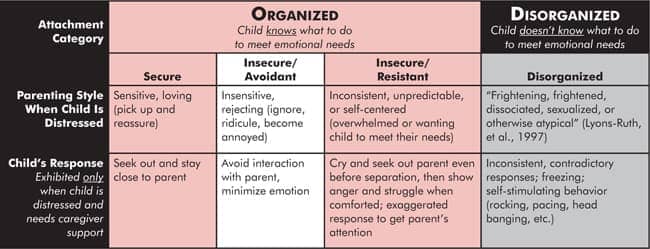 It's about Mary Ainsworth. It was she who described 4 styles of attachment.
It's about Mary Ainsworth. It was she who described 4 styles of attachment.
Born in the USA in 1913, Mary Ainsworth is one of the 100 most influential psychologists of the 20th century. Ainsworth is an American-Canadian scientist who worked, among other things, with John Bowlby. Ainsworth expanded his attachment theory substantially in the 1970s. Her innovation is particularly evident in the creation of a method for assessing attachment in infants aged one to one and a half years to a significant adult - the so-called "Strange Situation" procedure
During the procedure, the mother and child are placed in an unfamiliar playroom with toys. At the same time, the researcher observes them through a one-way mirror. The procedure consists of eight successive stages in which the child experiences a short-term separation from and reunion with the mother, as well as the presence of an unfamiliar adult. (here is an example on the video https://www.youtube.com/watch?v=QTsewNrHUHU)
Based on the children's reactions during the experiment, Ainsworth described three main attachment styles: secure, anxious, and avoidant.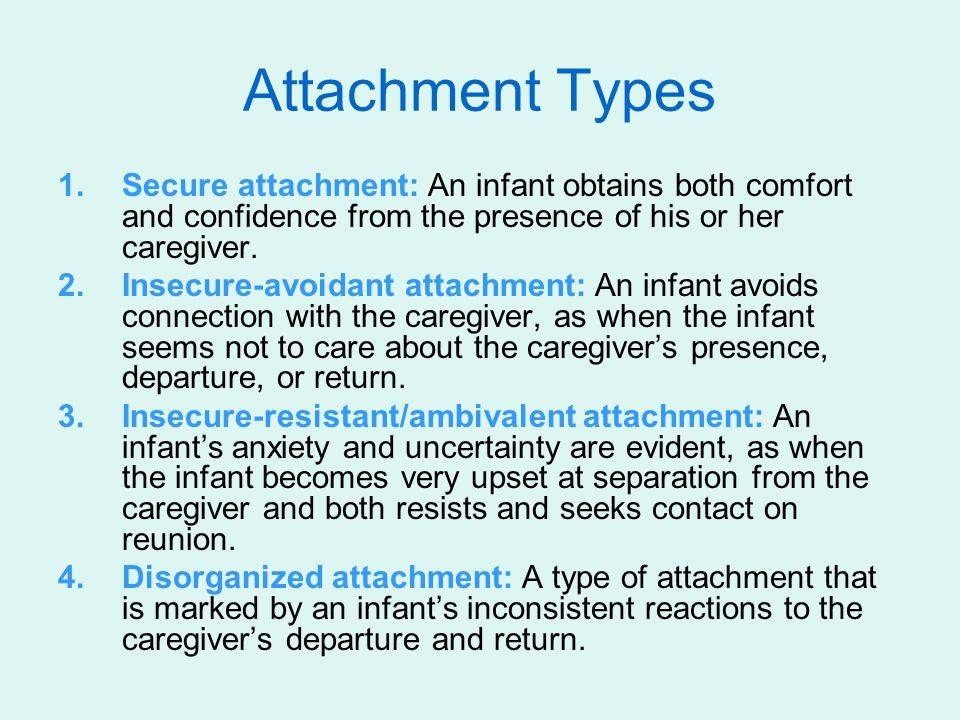 Ainsworth's colleague, Mary Maine, later described a fourth as disorganized.
Ainsworth's colleague, Mary Maine, later described a fourth as disorganized.
RELIABLE. In the experiment, after the departure of the mother, the child is upset, but quickly calms down when she appears, calmly interacts with strangers in the presence of the mother, looks at the mother during the game and smiles, is proactive and inquisitive.
Secure attachment is formed in children who grow up in close-knit families, where parents constantly maintain emotional contact with their children. The parent is available and able to meet the needs of the child in an appropriate way. Securely attached children feel secure and are more likely to explore their environment.
In adulthood, people with secure attachments do not alienate their loved ones and become dependent on them. They trust loved ones, feel worthy of love, respect a partner and are ready to seek a compromise. Of course, such people also have problems in relationships, but their cause should not be sought in childhood.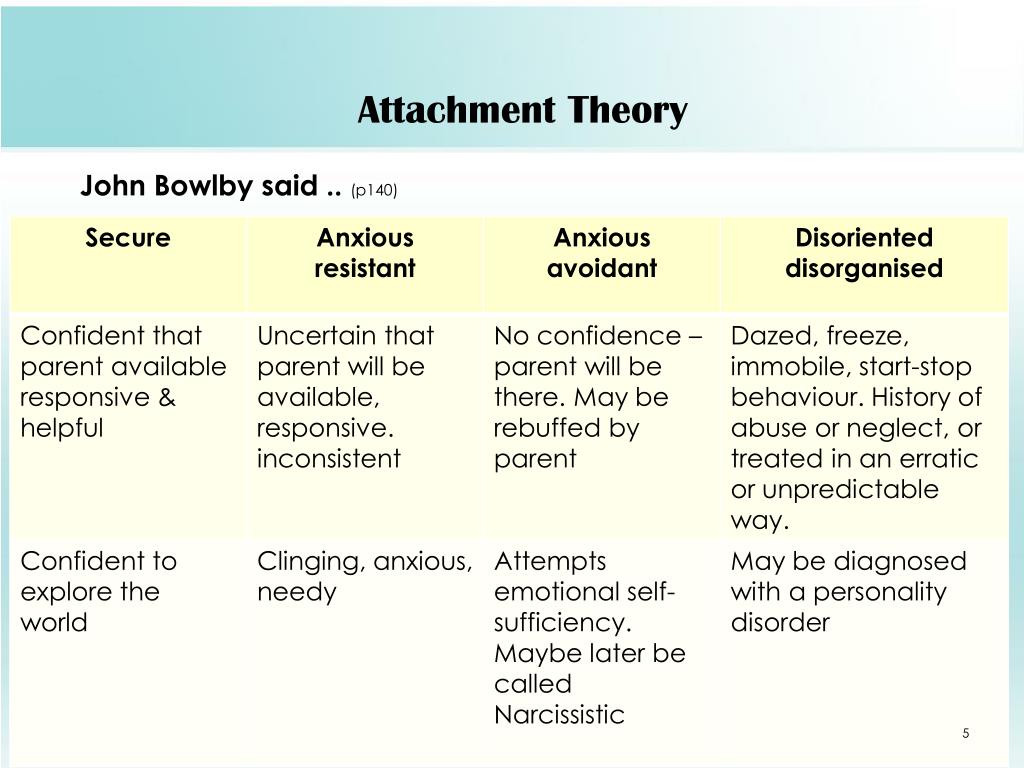 The secure type is considered the most adaptive attachment style.
The secure type is considered the most adaptive attachment style.
ANXIETY attachment is manifested in the strong grief of the child after the departure of the mother, crying, hysteria, which do not stop even after her return. Sometimes aggression towards the mother is manifested, refusal to communicate with strangers. The child explores little, is wary of strangers, even in the presence of a parent.
Anxious attachment is a consequence of the adult's inconsistent behavior, his anxiety about initiatives or the child's health. This type of attachment is formed when parents are unpredictable. They either allow or forbid. Either nearby or not. And the child begins to cling to them, so as not to lose.
People with this type of attachment have low self-esteem. They are dependent, react painfully to changes in relationships, are afraid to be alone and therefore constantly require confirmation of love.
AVOIDING attachment is manifested in the child's indifference to the care of the mother, the absence of fear of strangers, a low level of initiative and response behavior.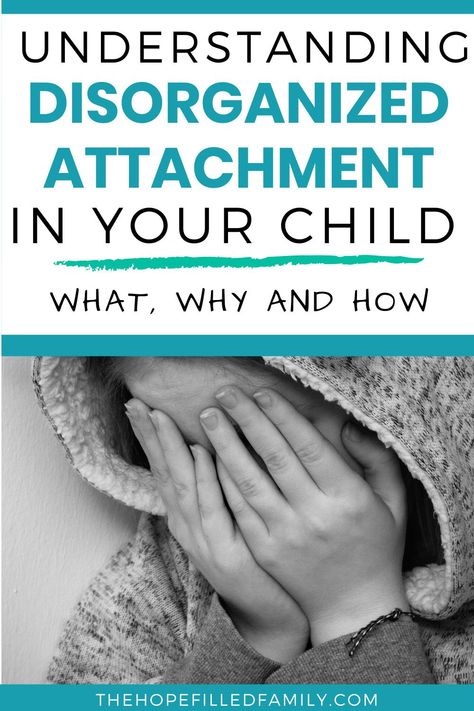 Ainsworth suggested that the deadpan behavior of infants is a disguise for grief. This happens when the child's needs have not been taken into account, and he comes to the conclusion that the satisfaction of his needs does not matter to the significant adult.
Ainsworth suggested that the deadpan behavior of infants is a disguise for grief. This happens when the child's needs have not been taken into account, and he comes to the conclusion that the satisfaction of his needs does not matter to the significant adult.
Avoidant attachment is formed when a child has experienced attachment denial, when parents reject the child, do not respond to his needs, do not support him emotionally, or when prohibitive forms of upbringing prevail.
Then a person in adult life usually avoids close relationships, keeps a partner at a distance, and also, as a rule, hides his feelings. Moreover, despite the closed behavior, such a person really needs relationships and support. Without them, he feels lonely.
DISORIENTED attachment is expressed in the absence of connection of behavior with the stages of achieving intimacy. Such attachment includes overt manifestations of fear; conflicting behaviour. Children may run to hide when they see a significant adult, or exhibit avoidant or ambivalent strategies when reunited with a parent.